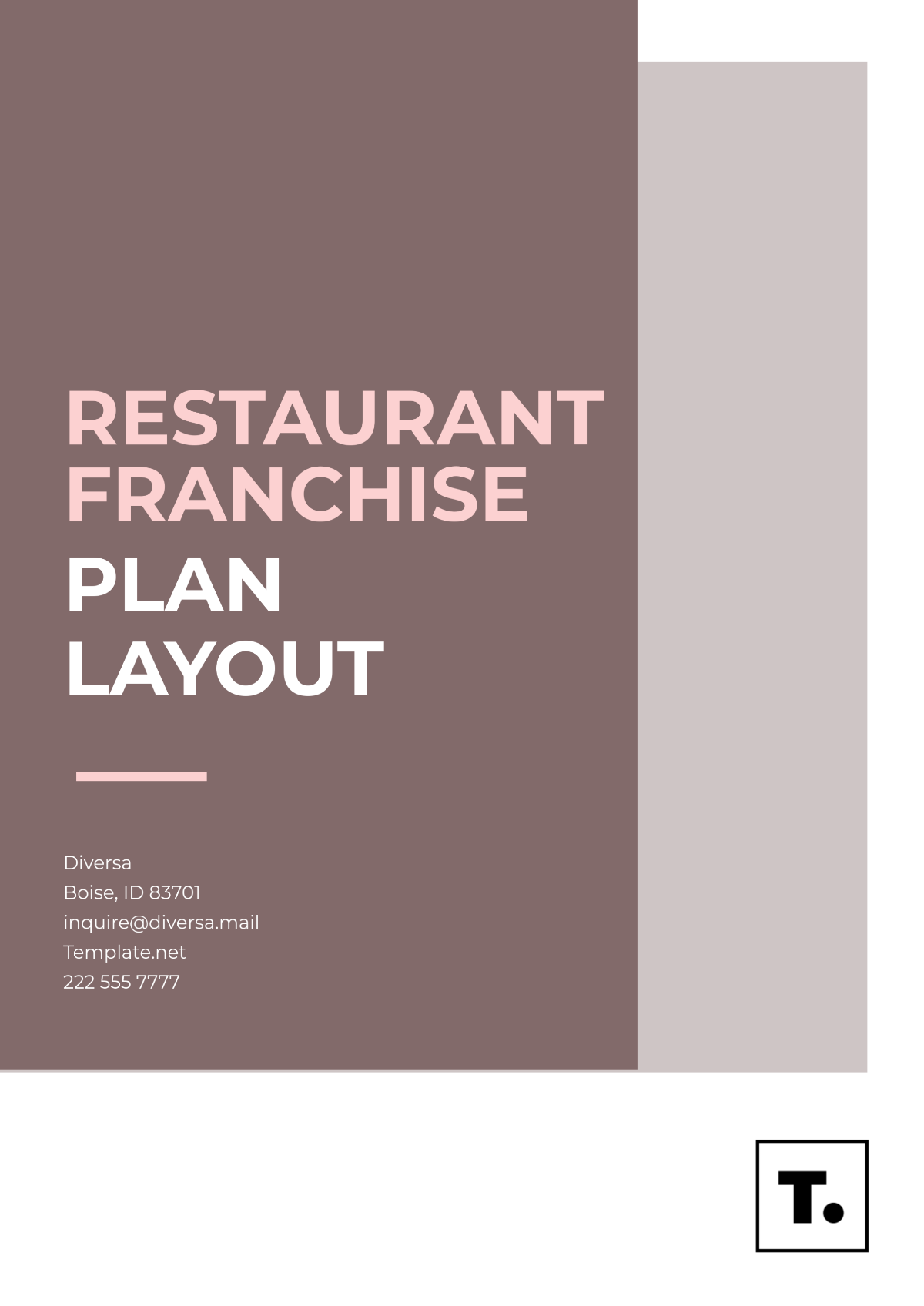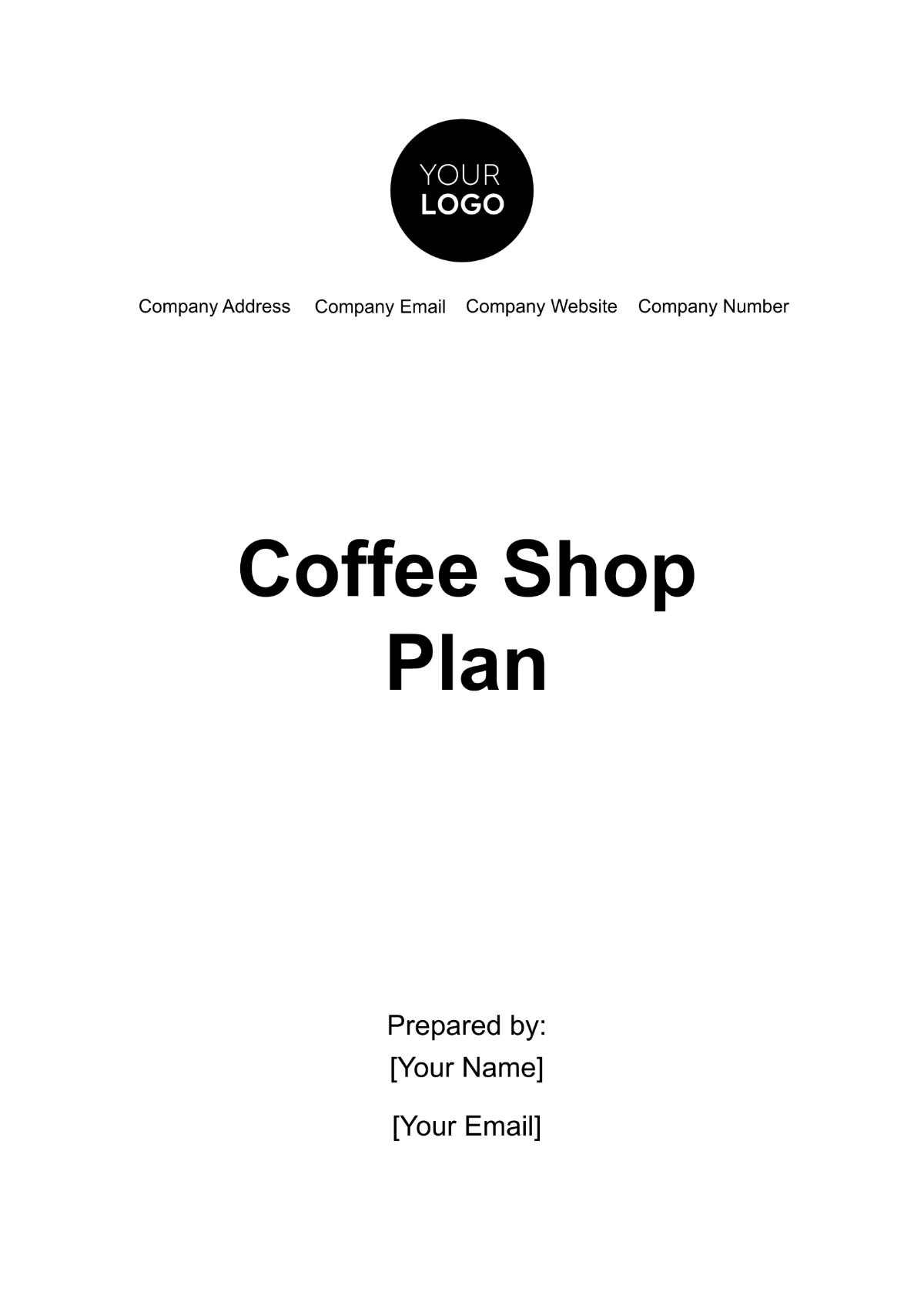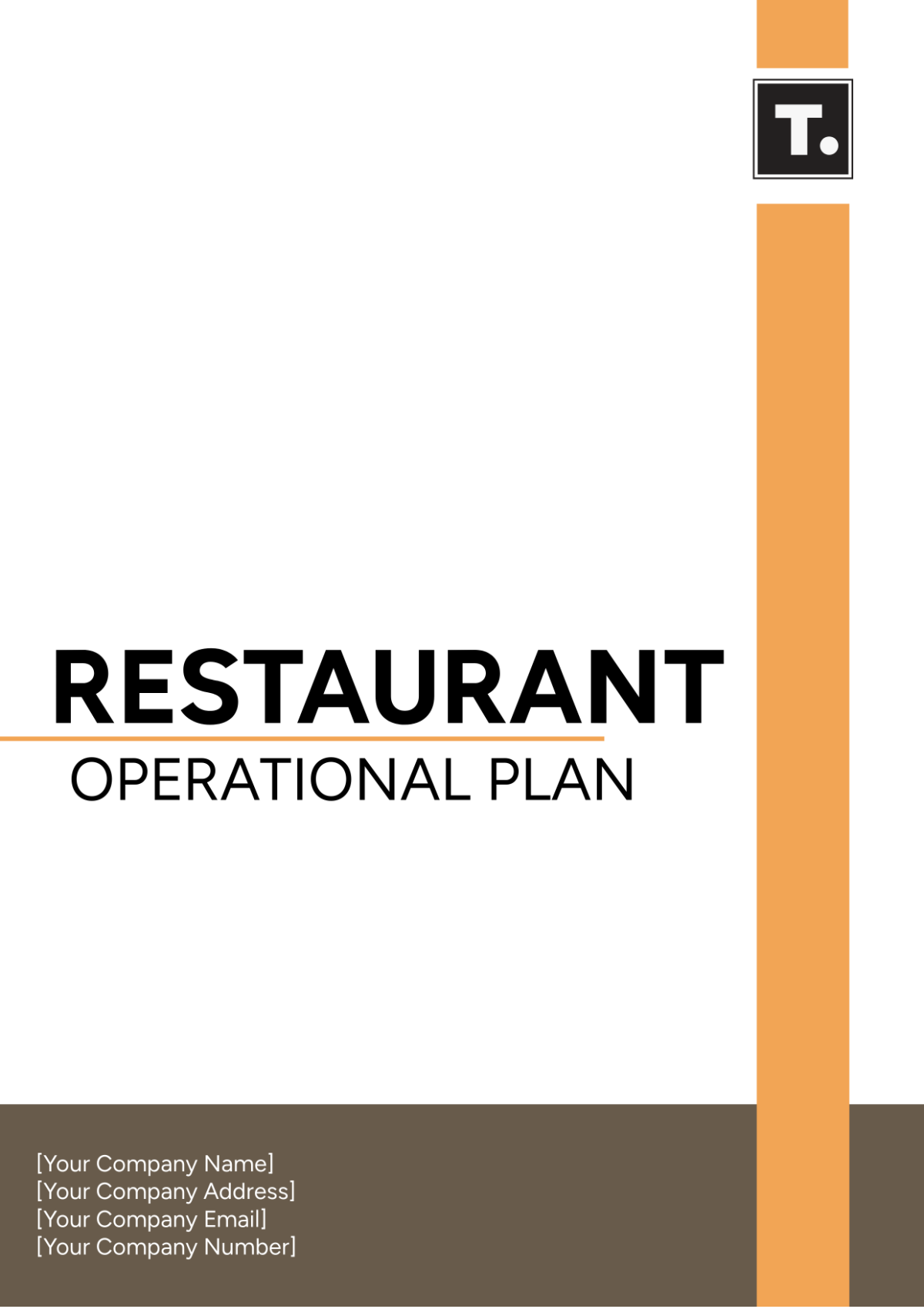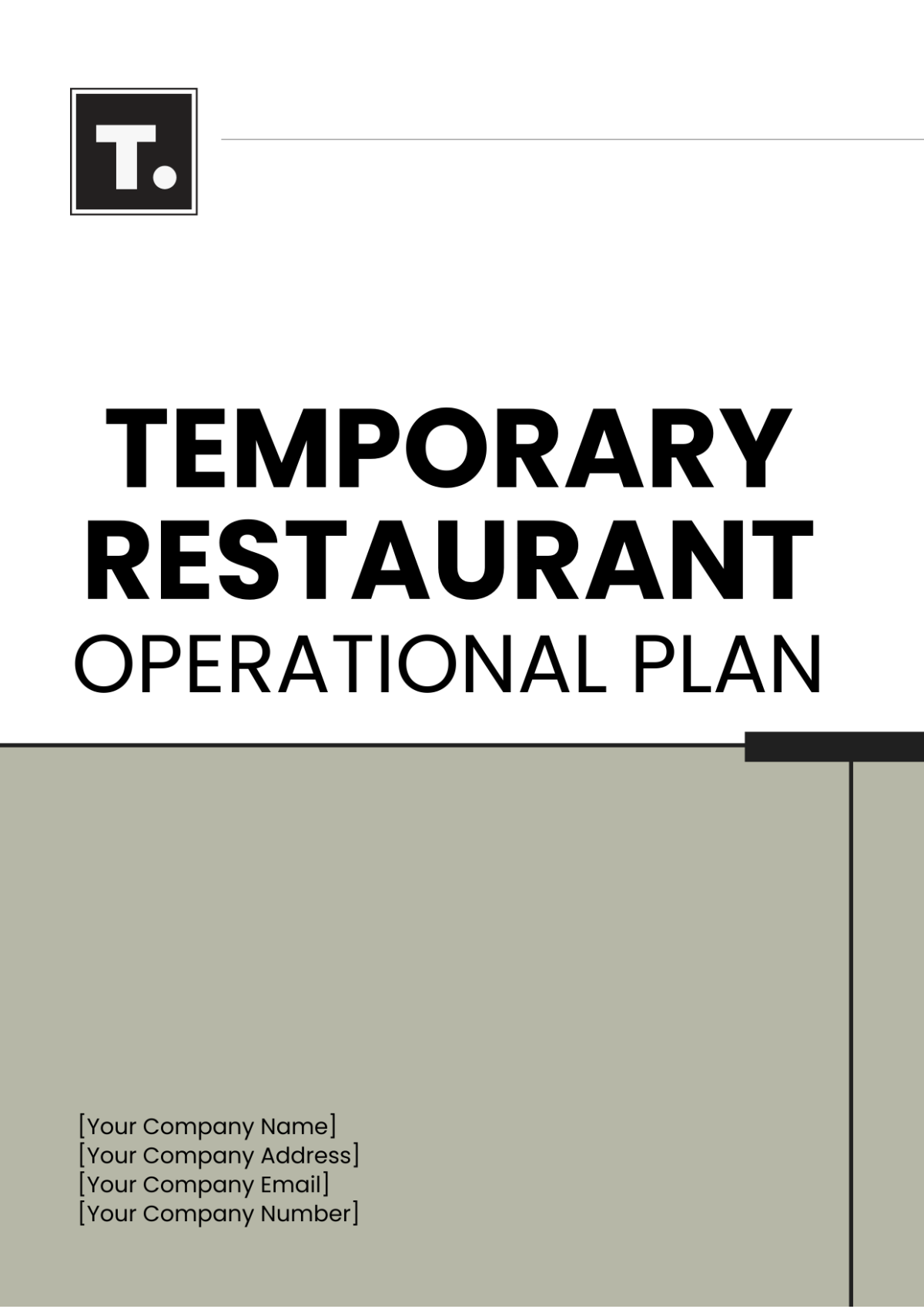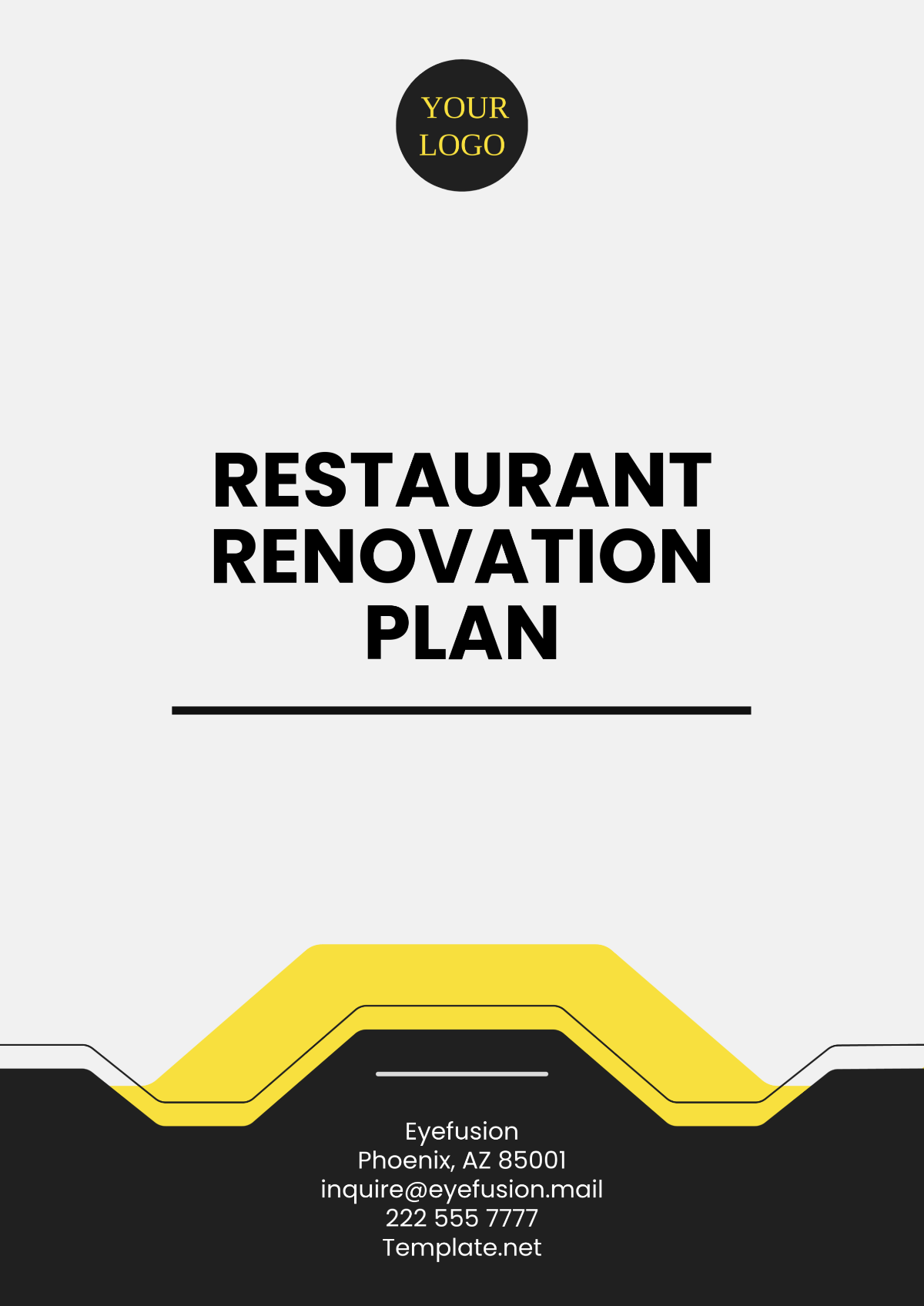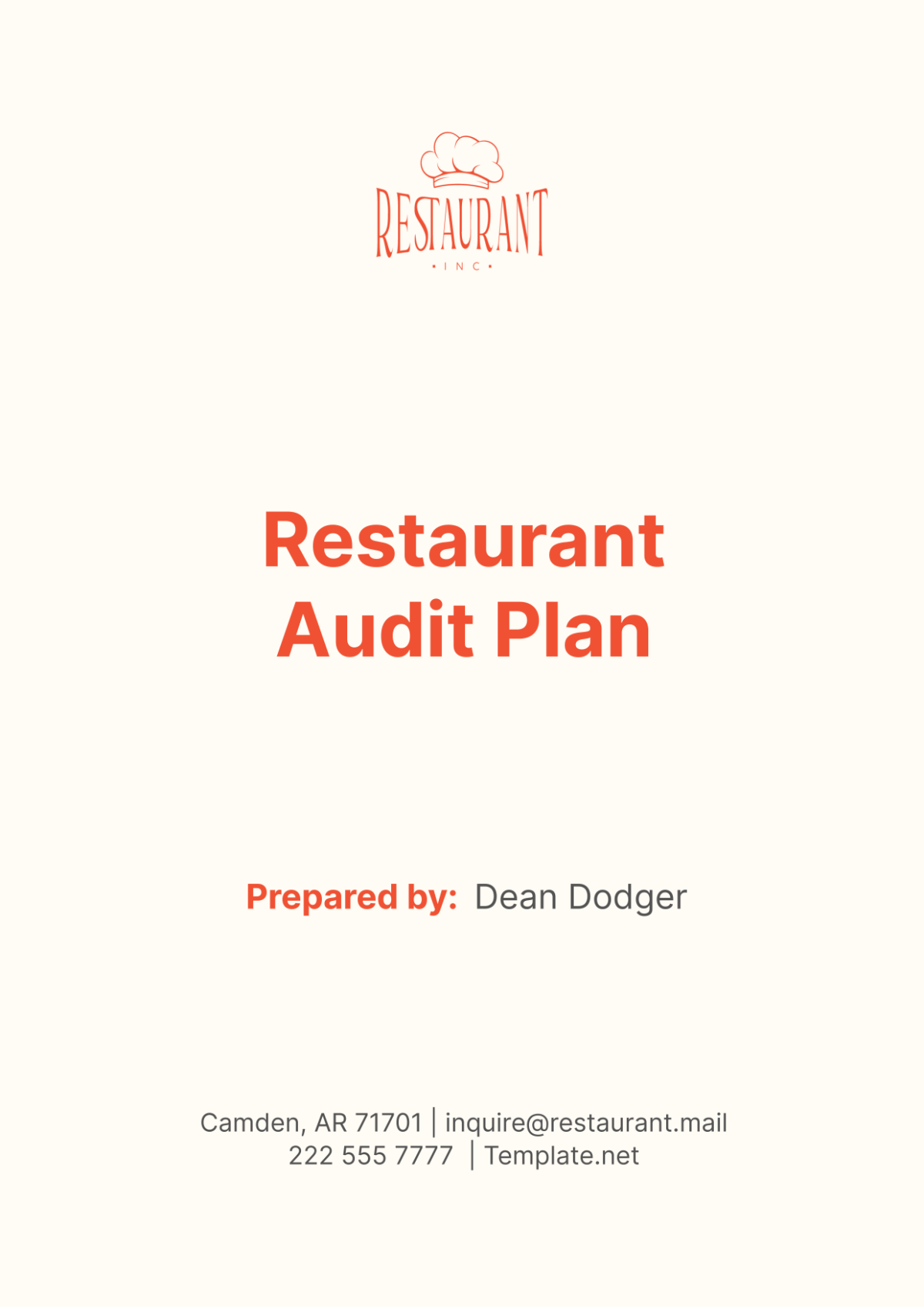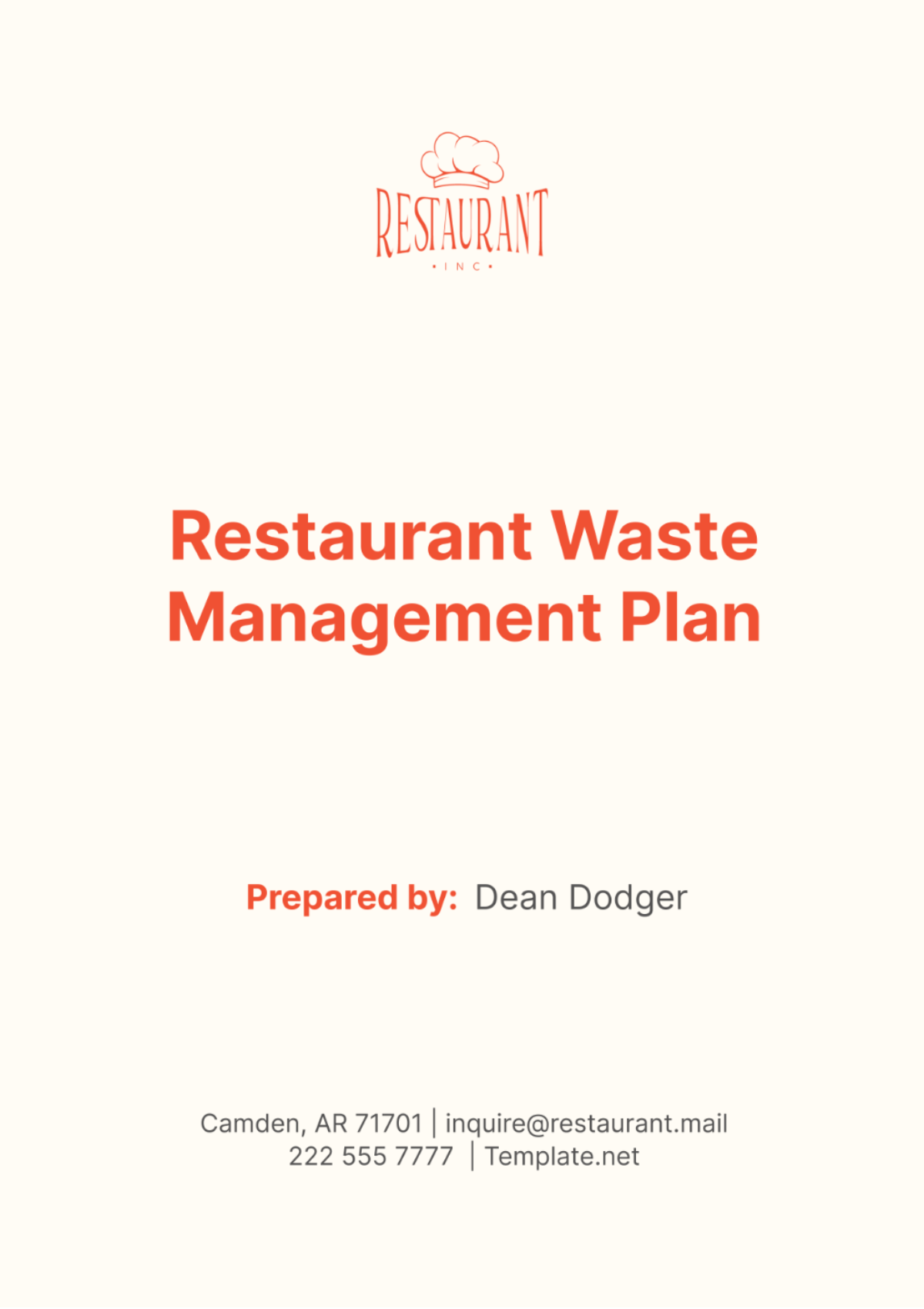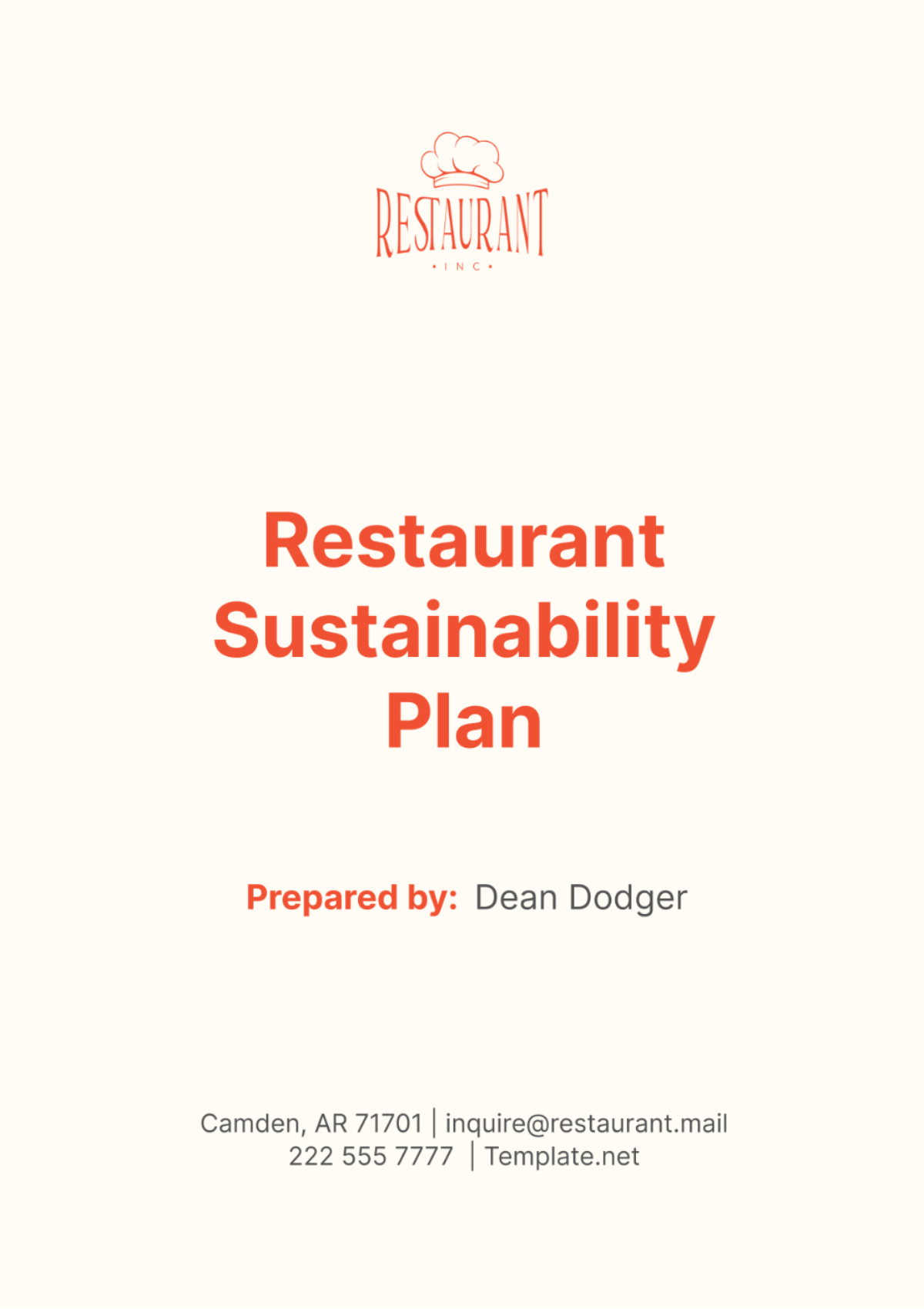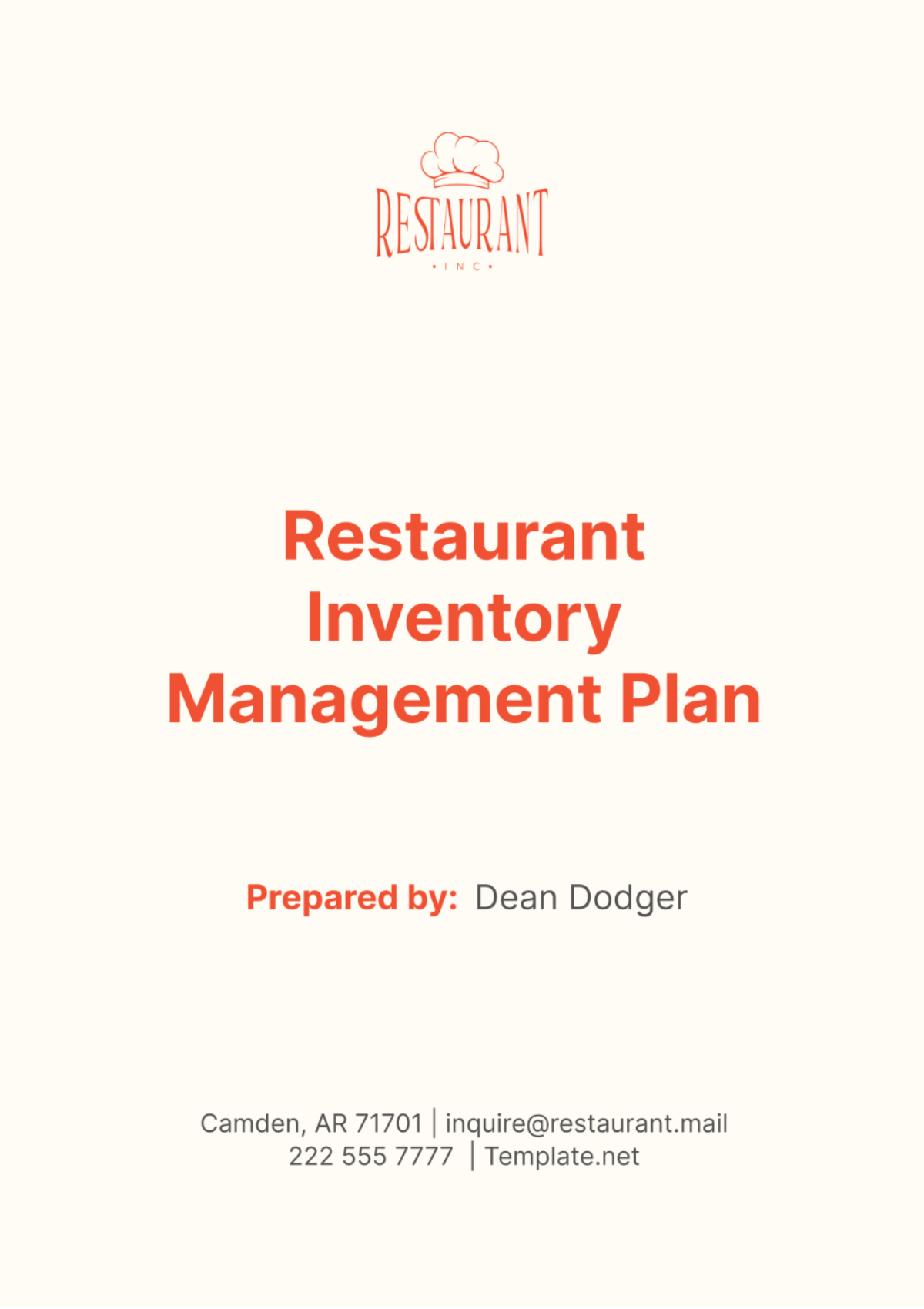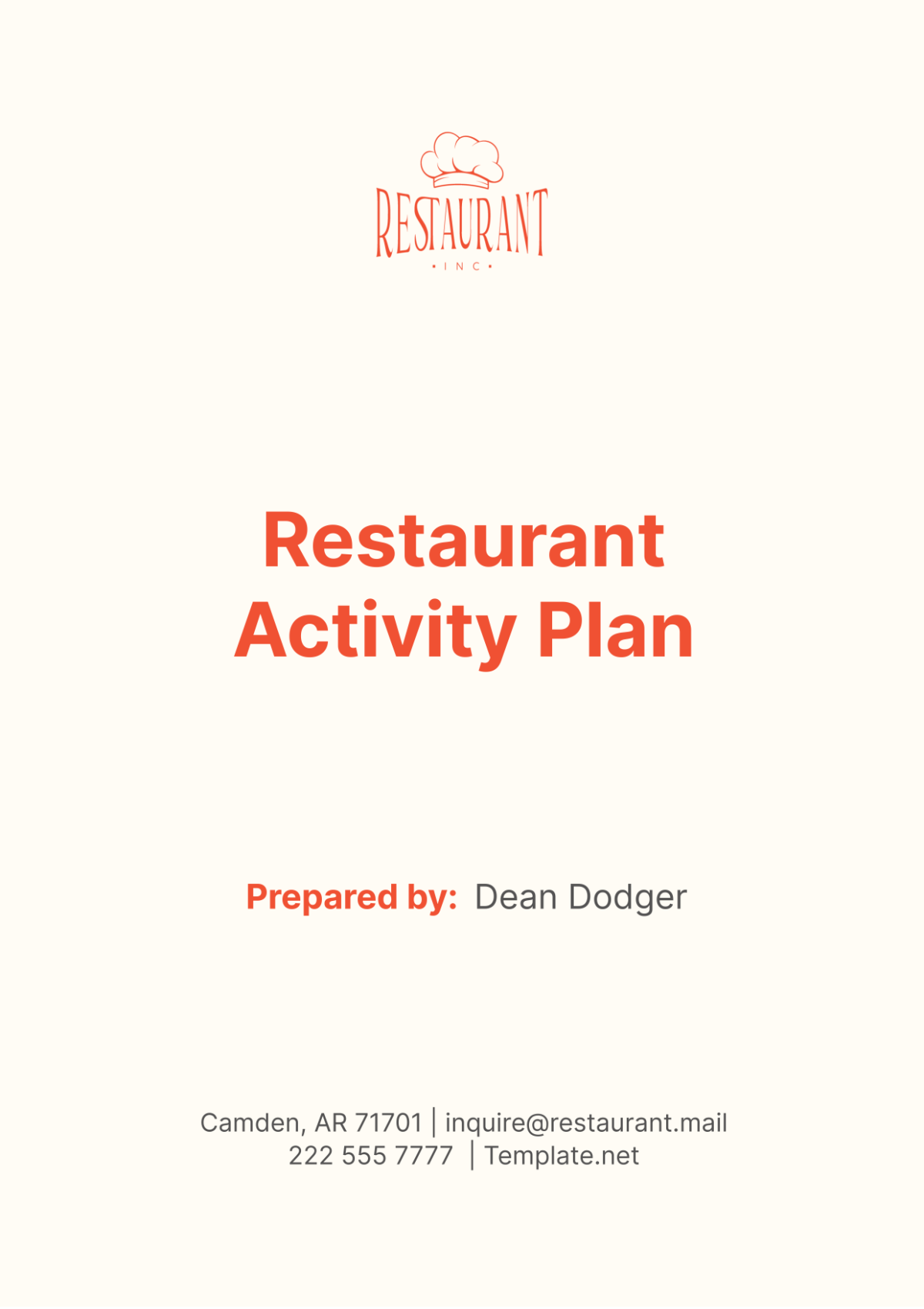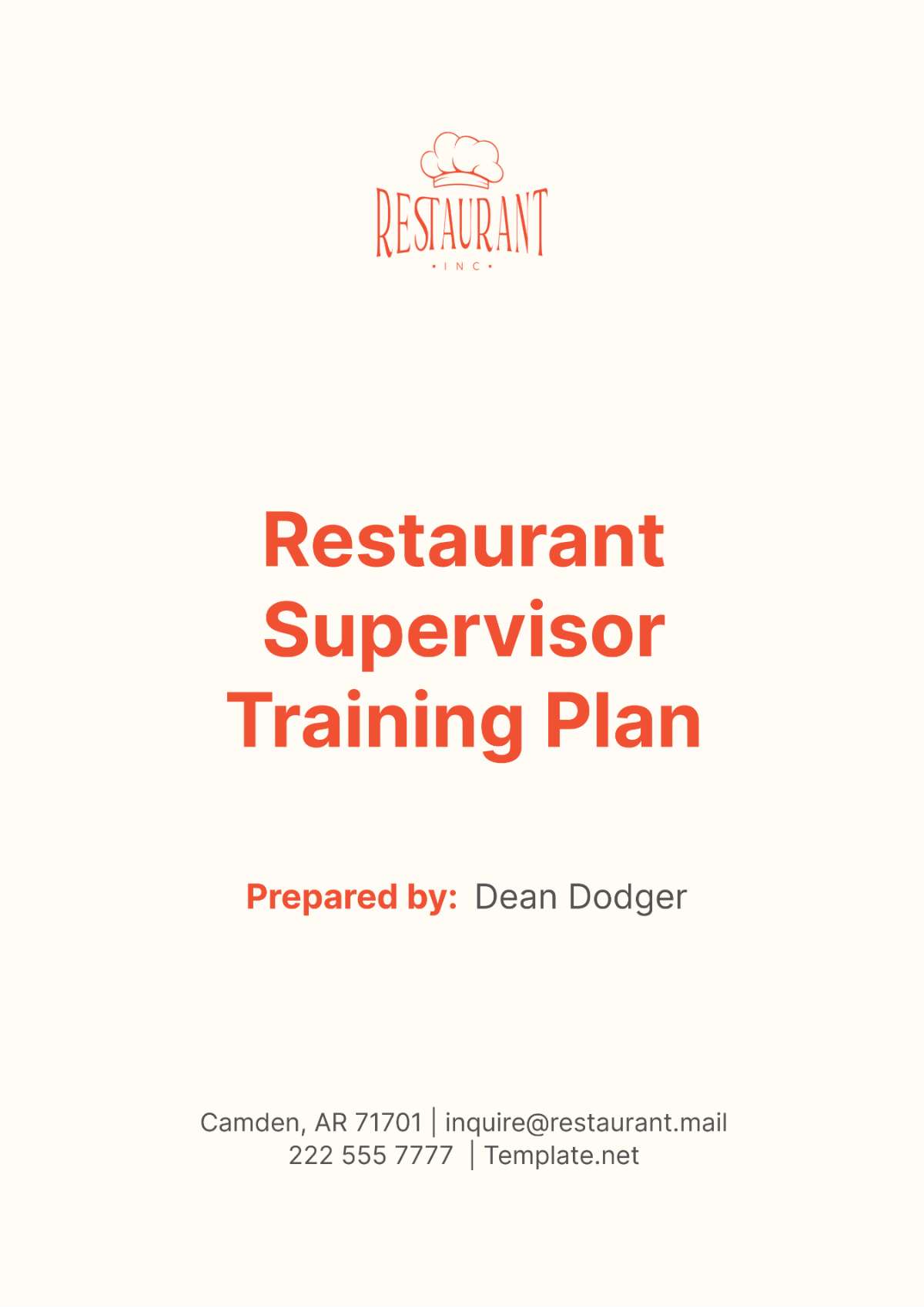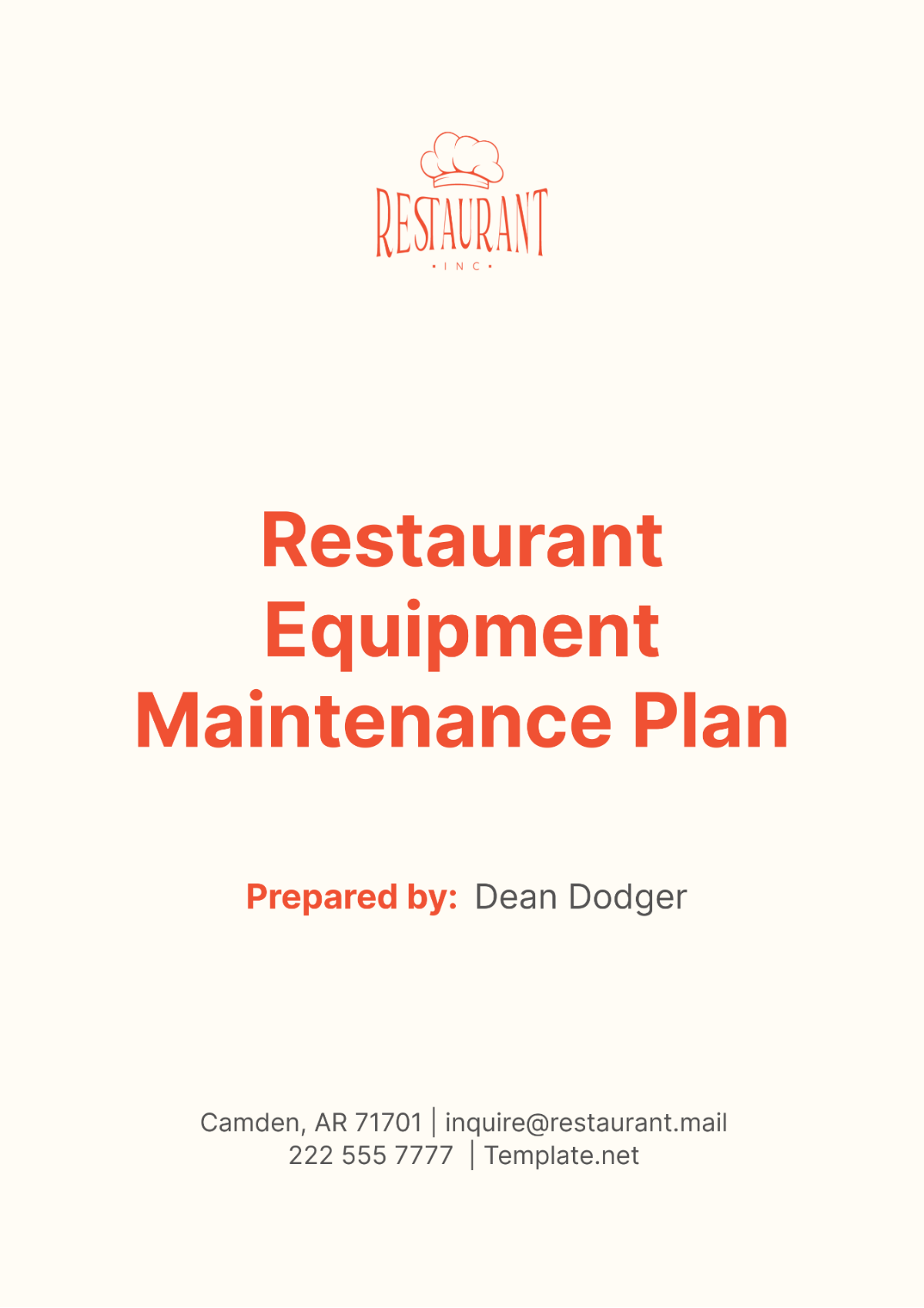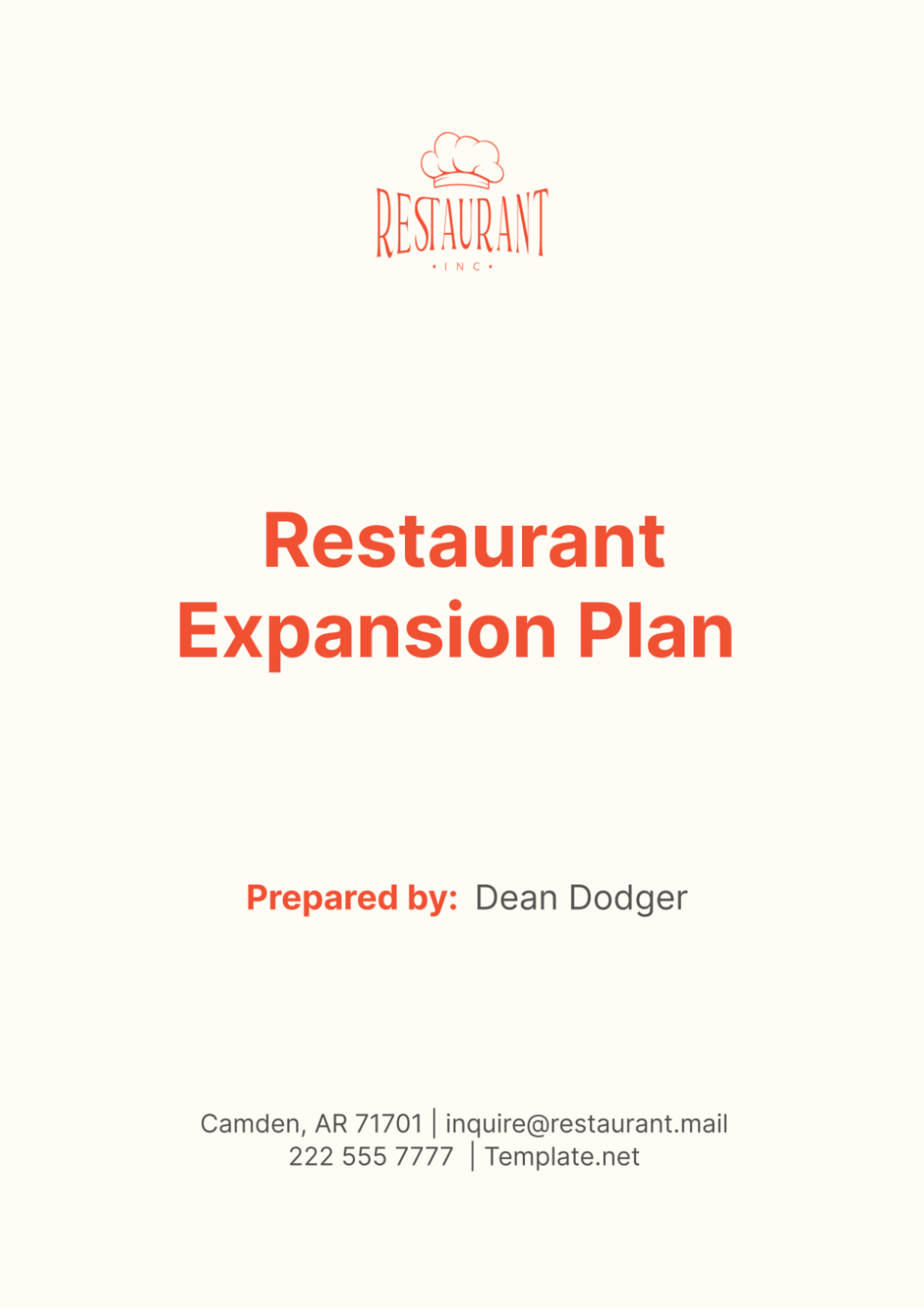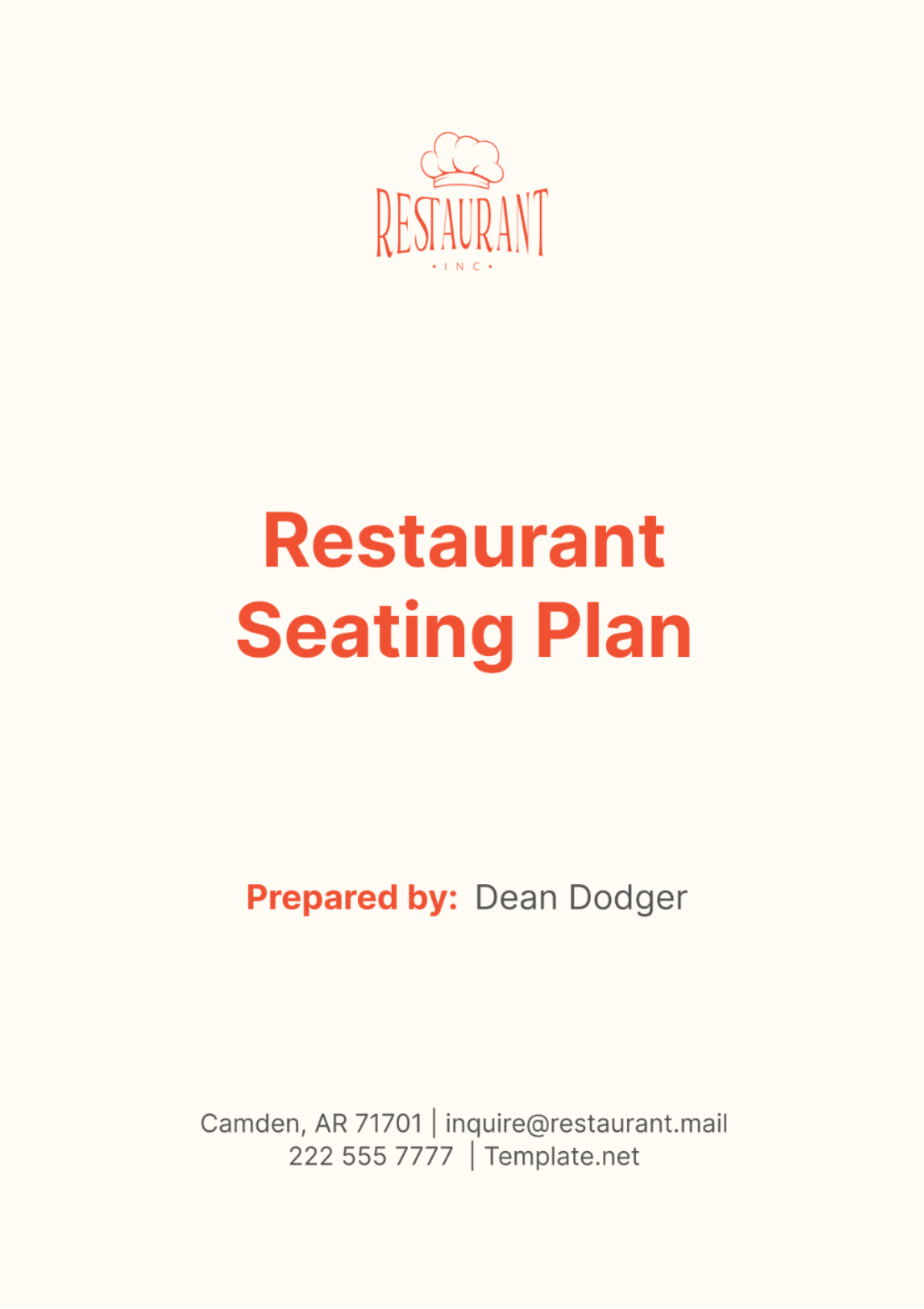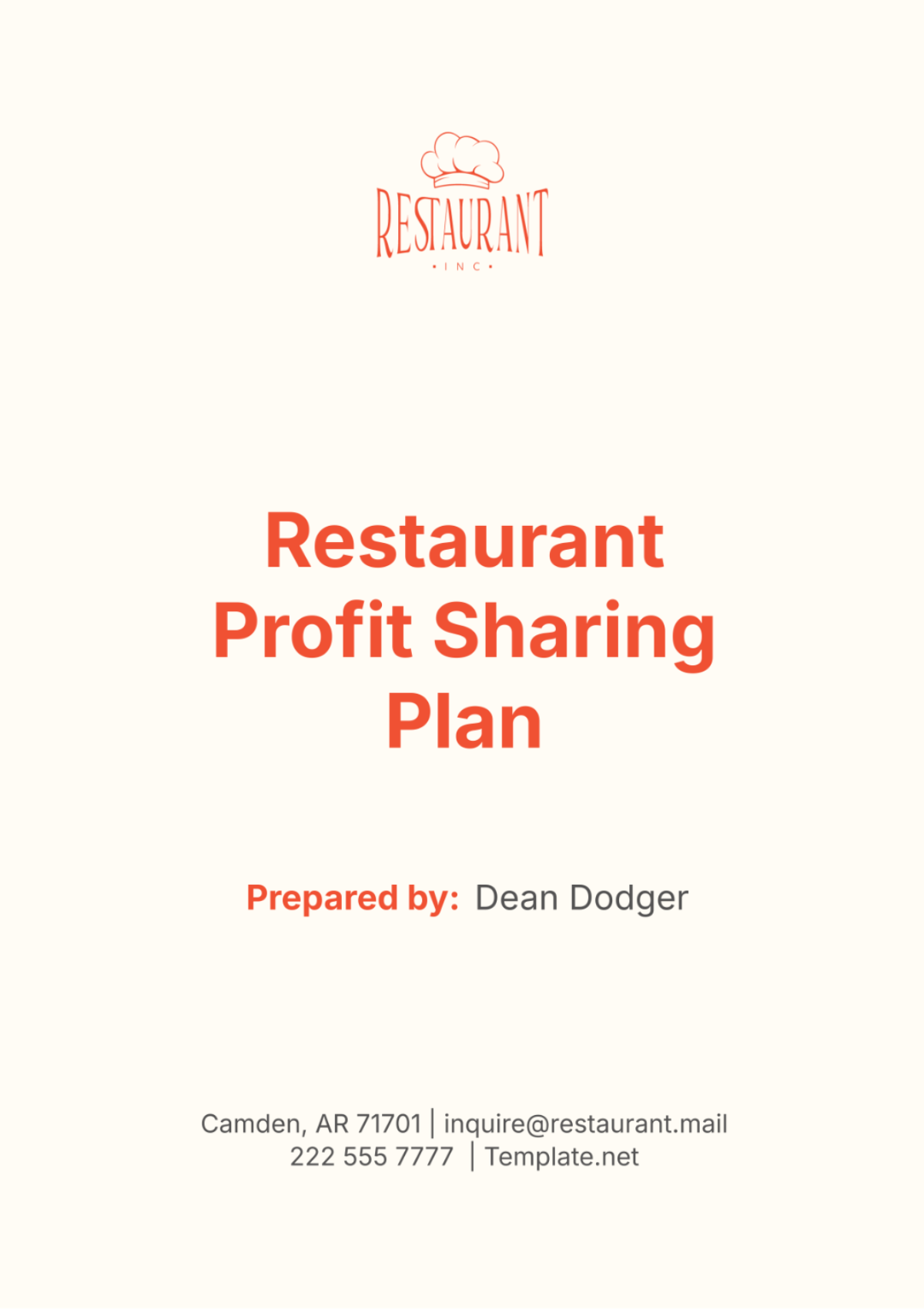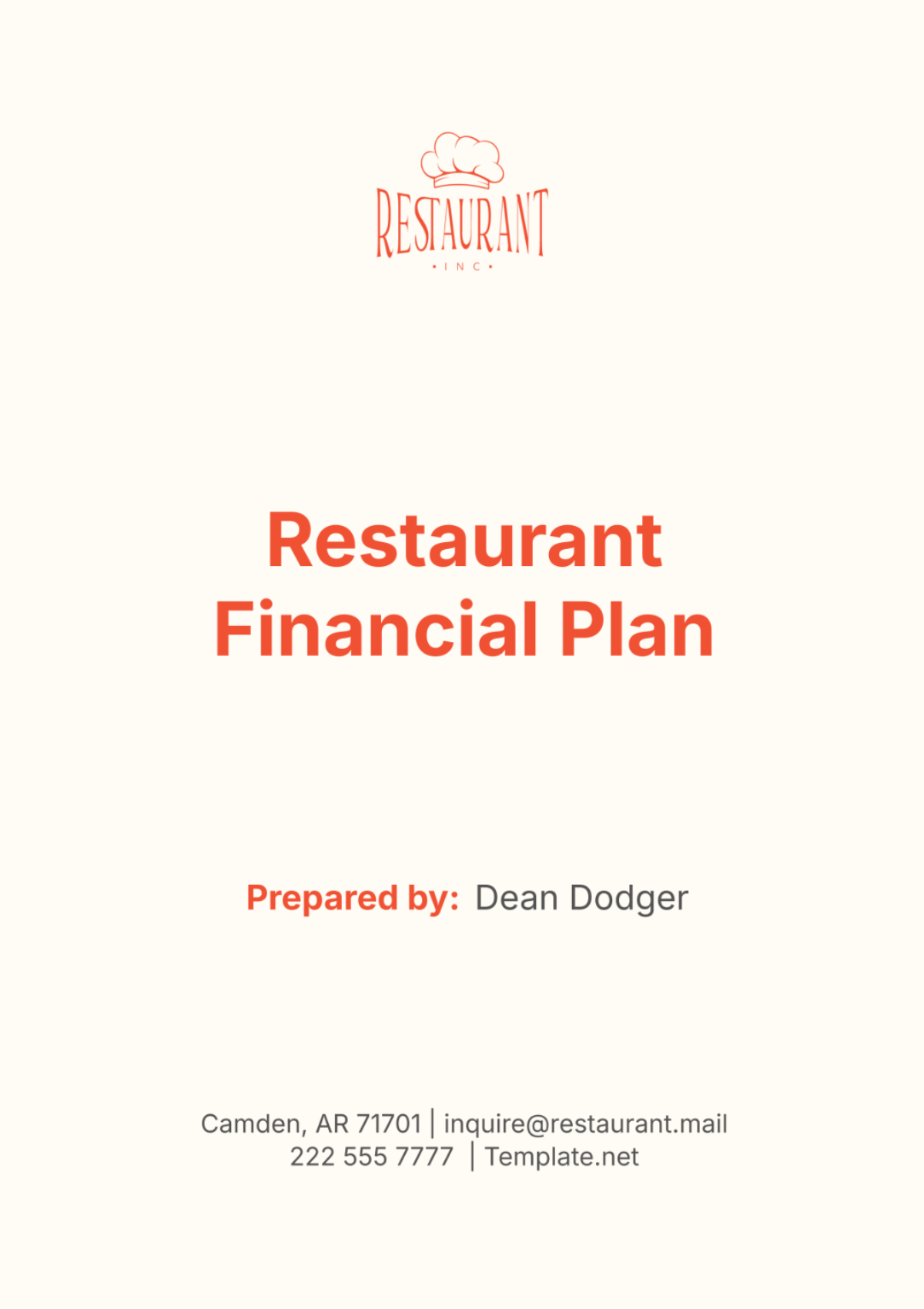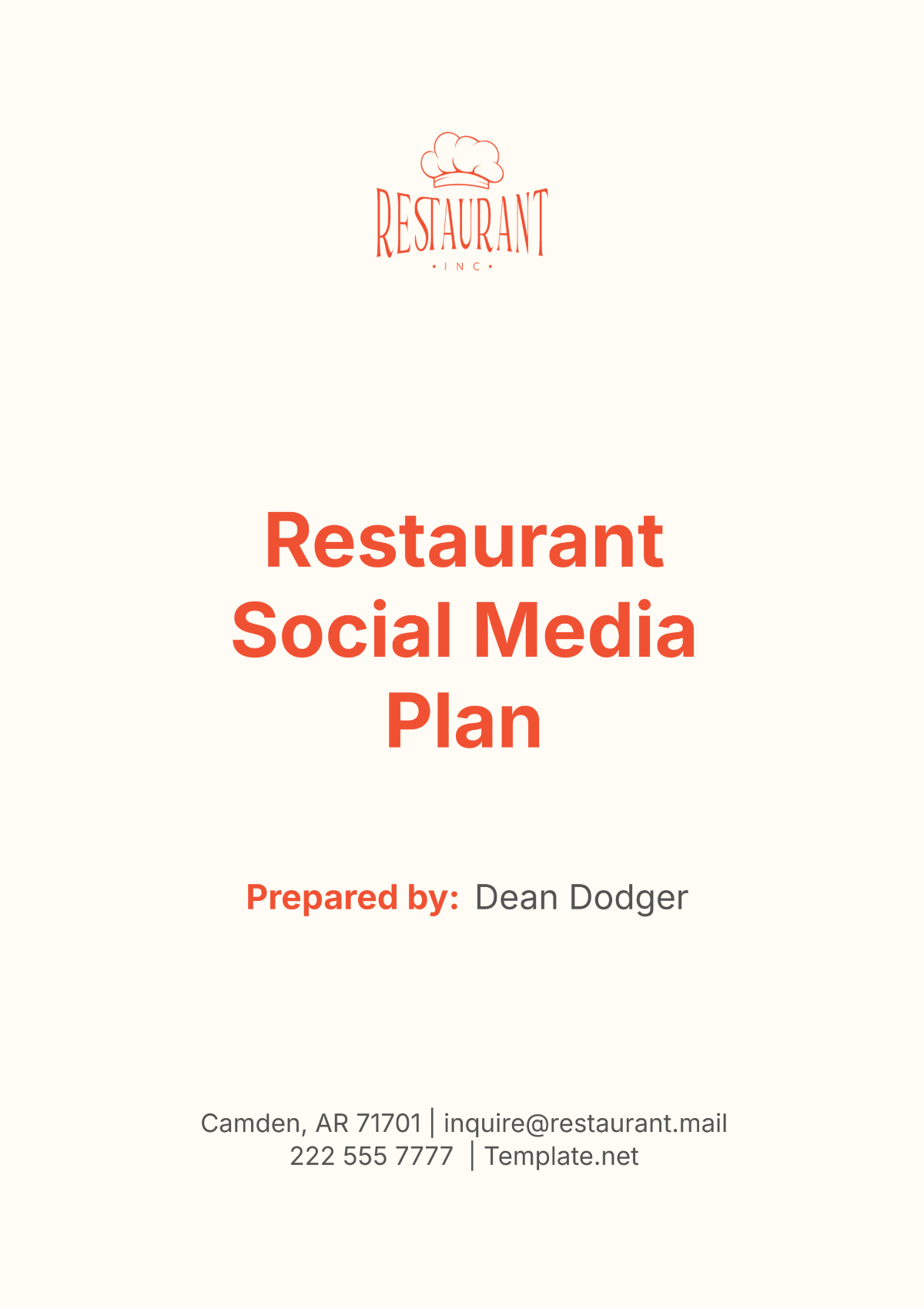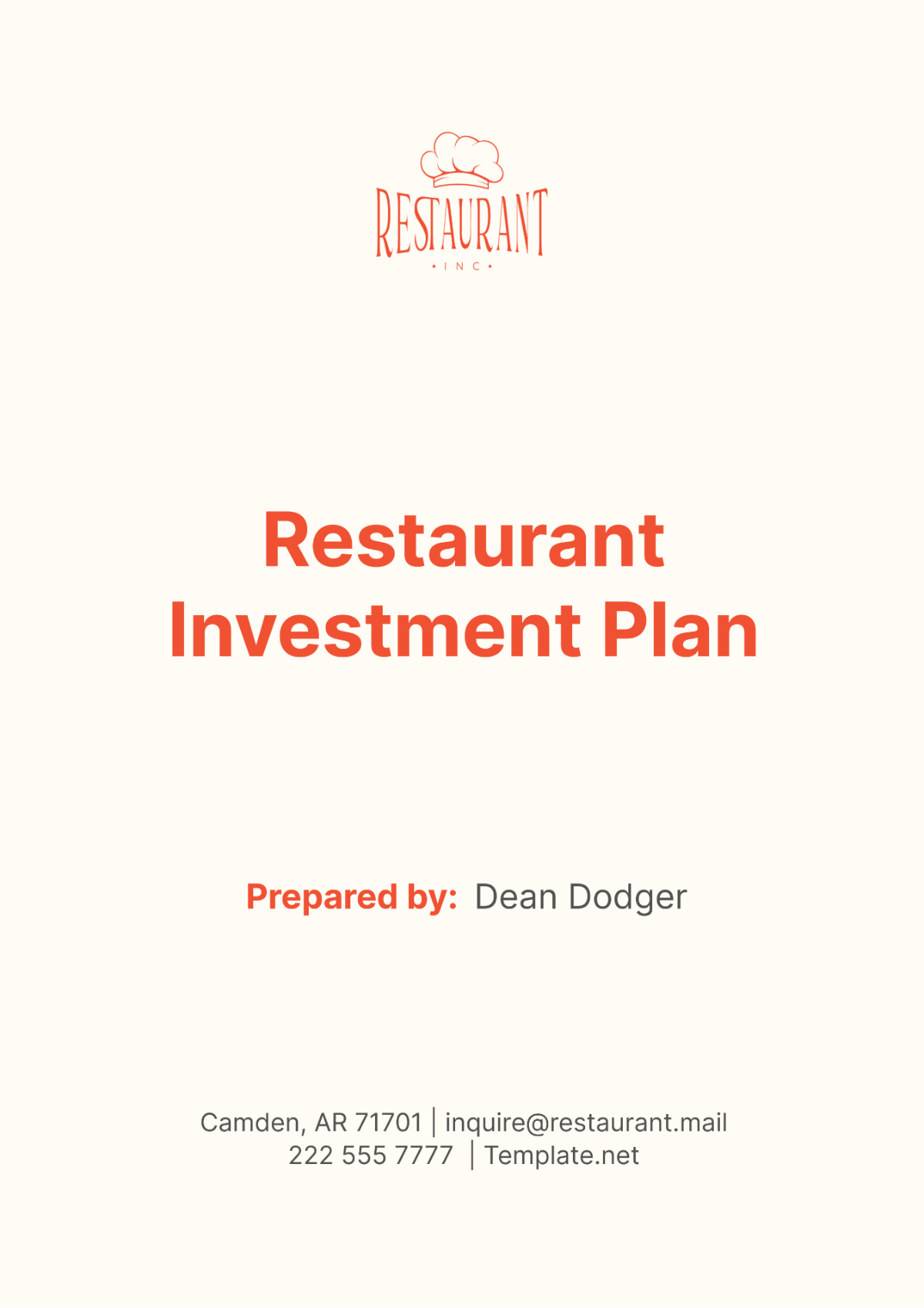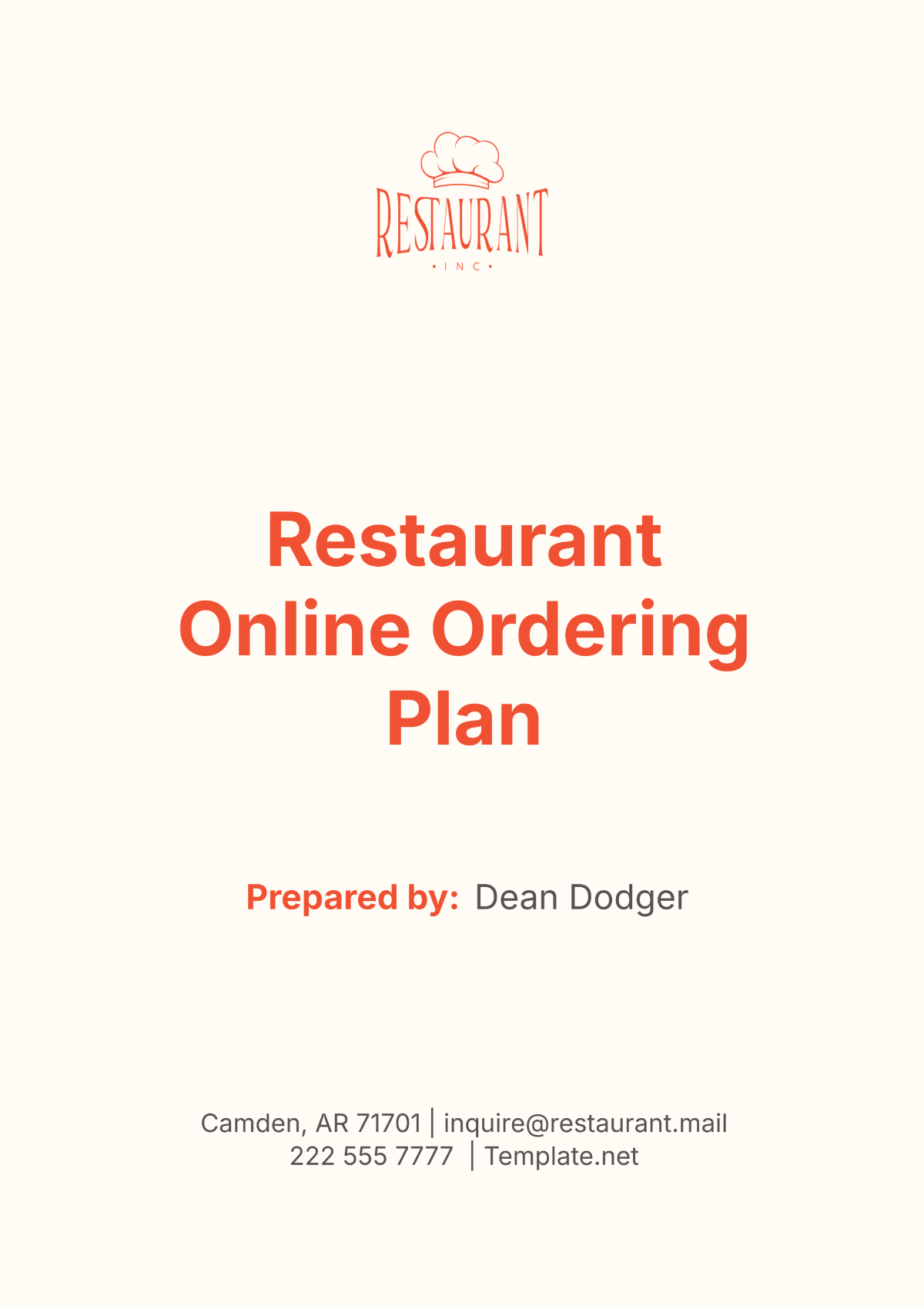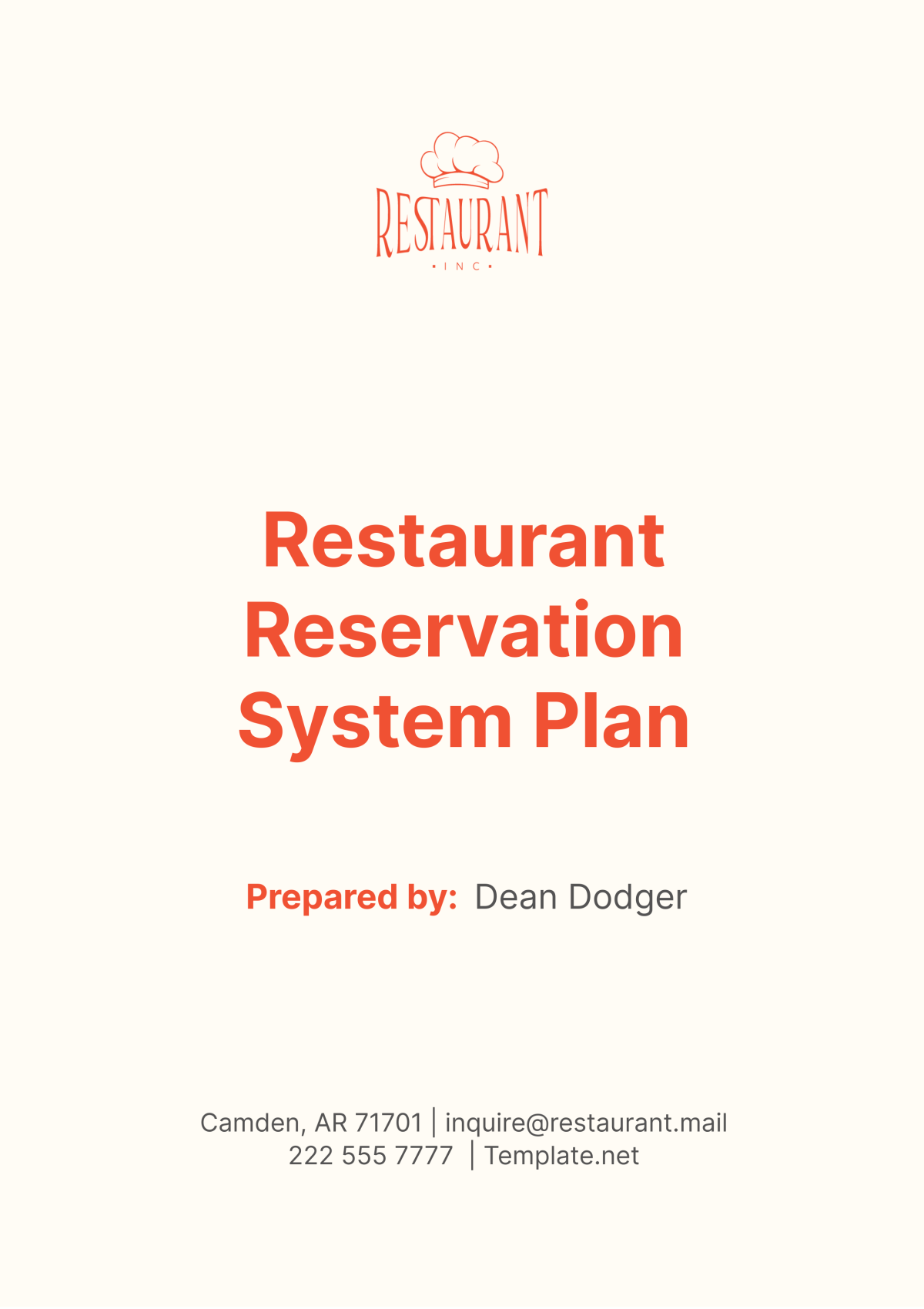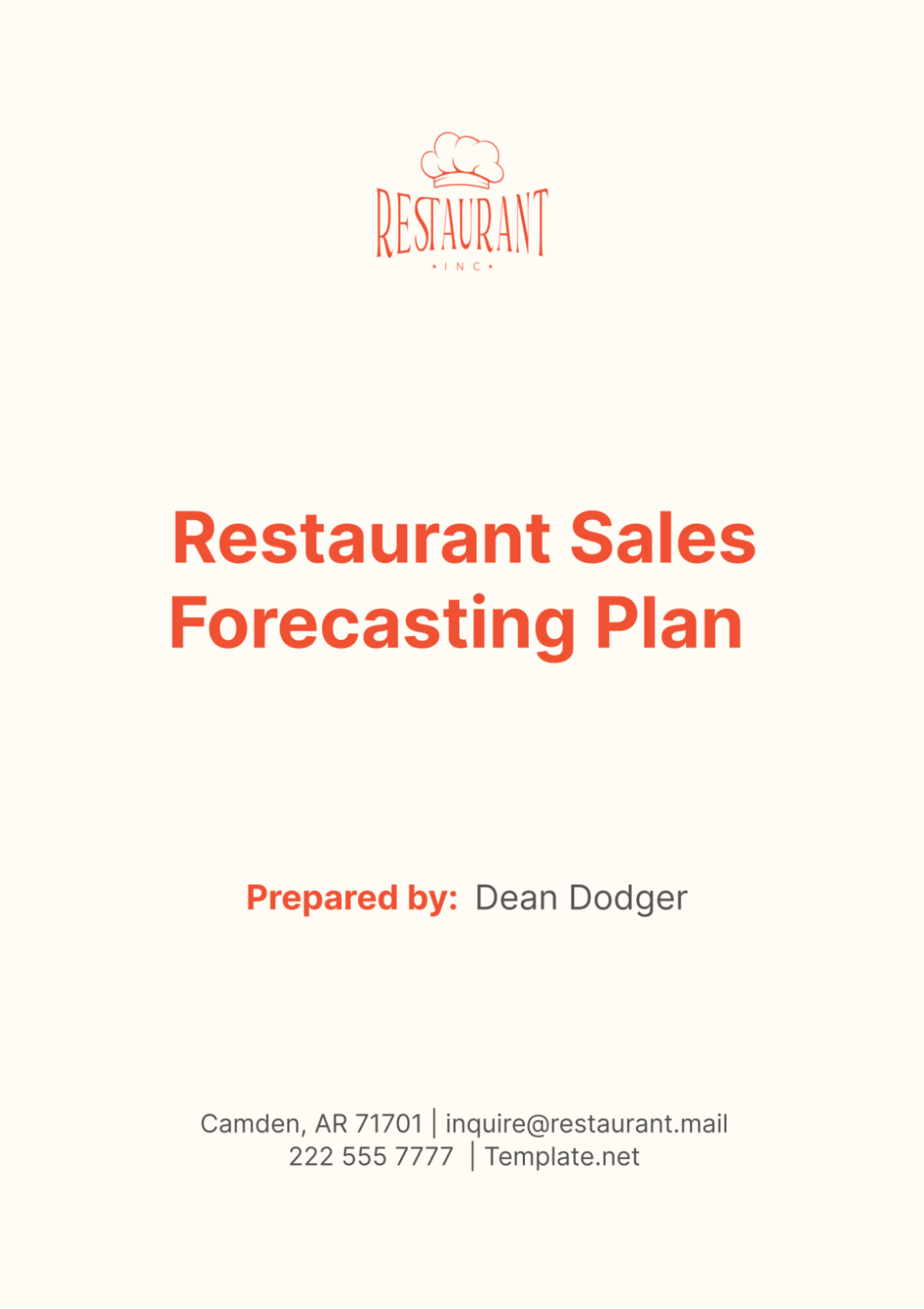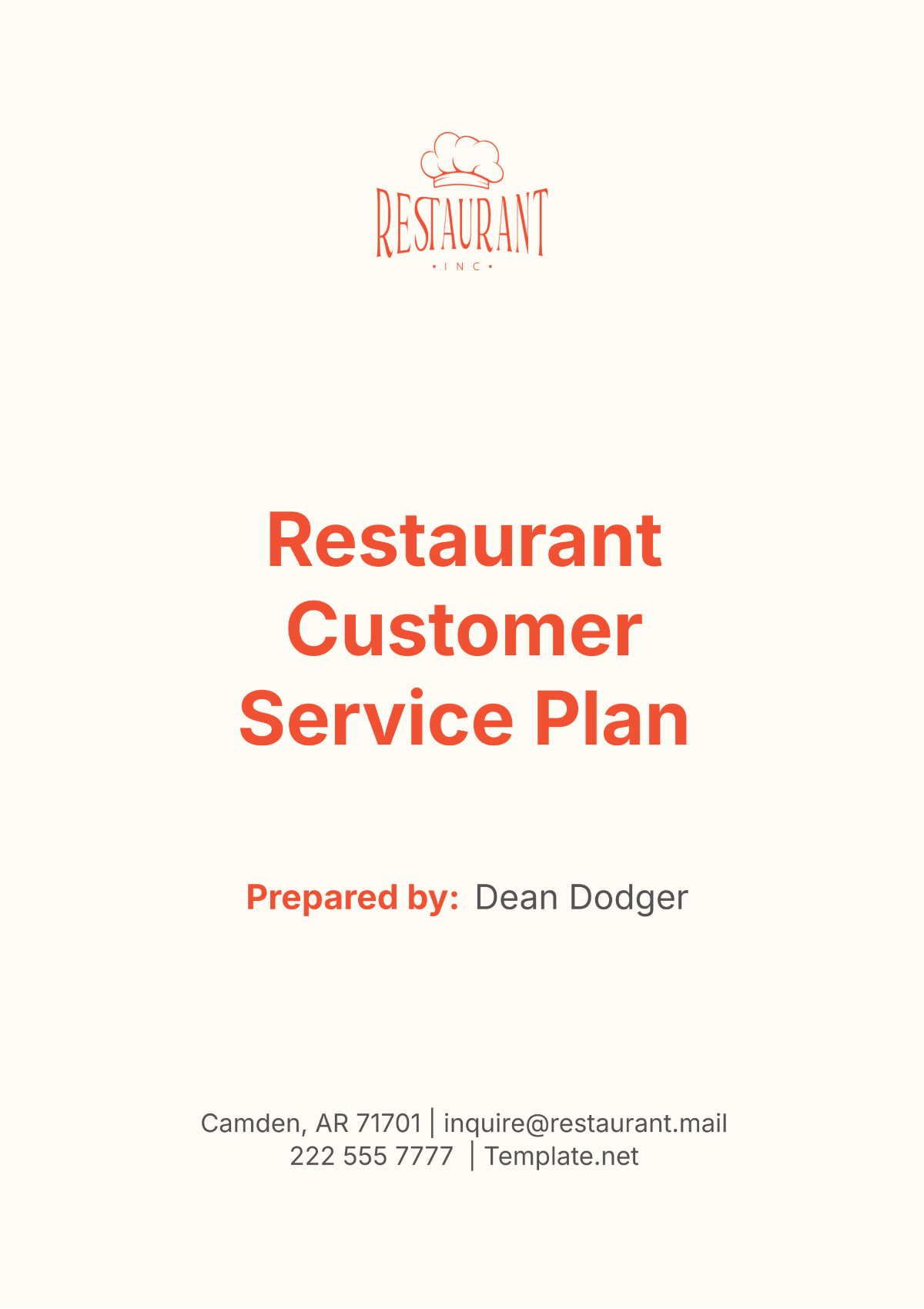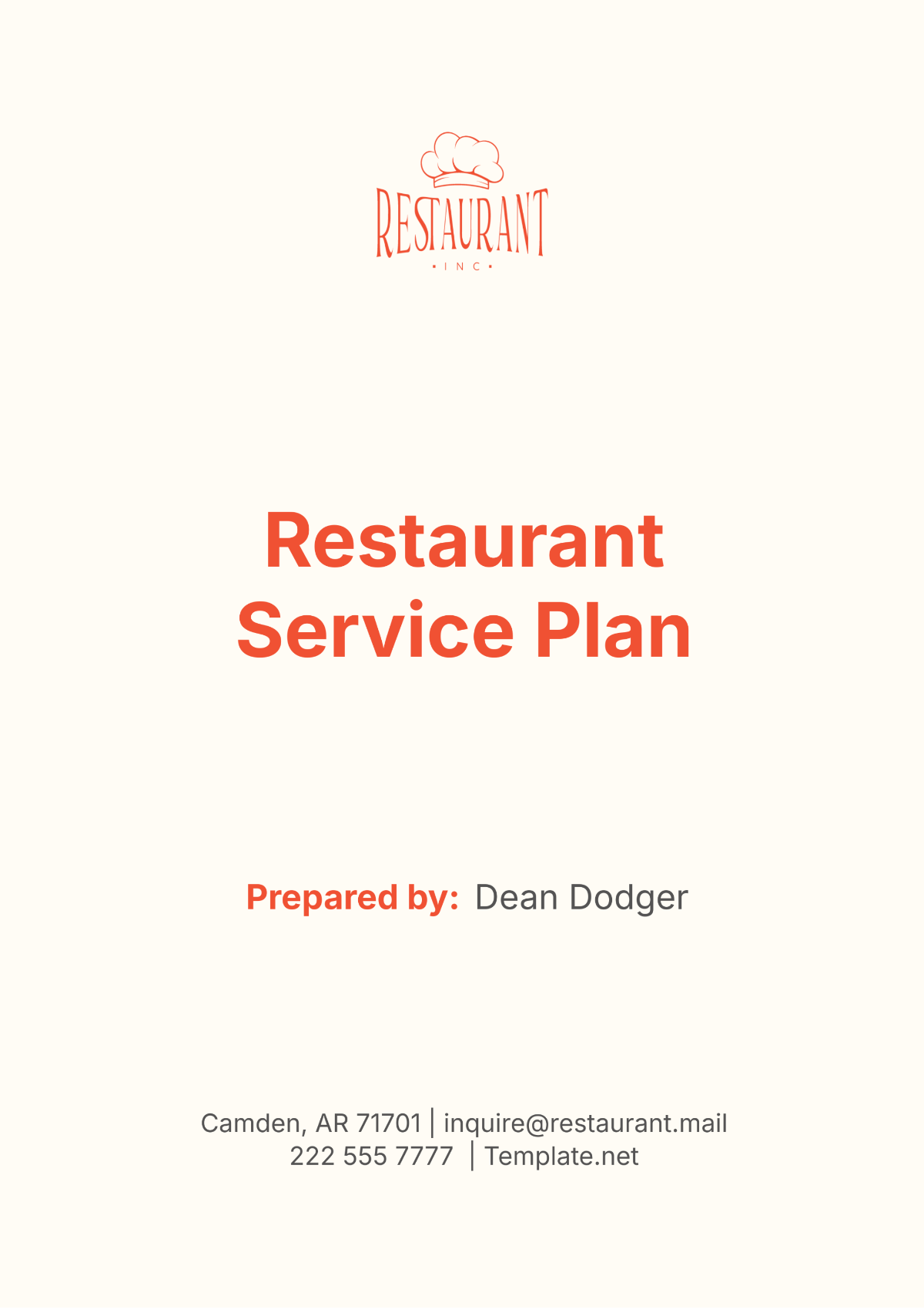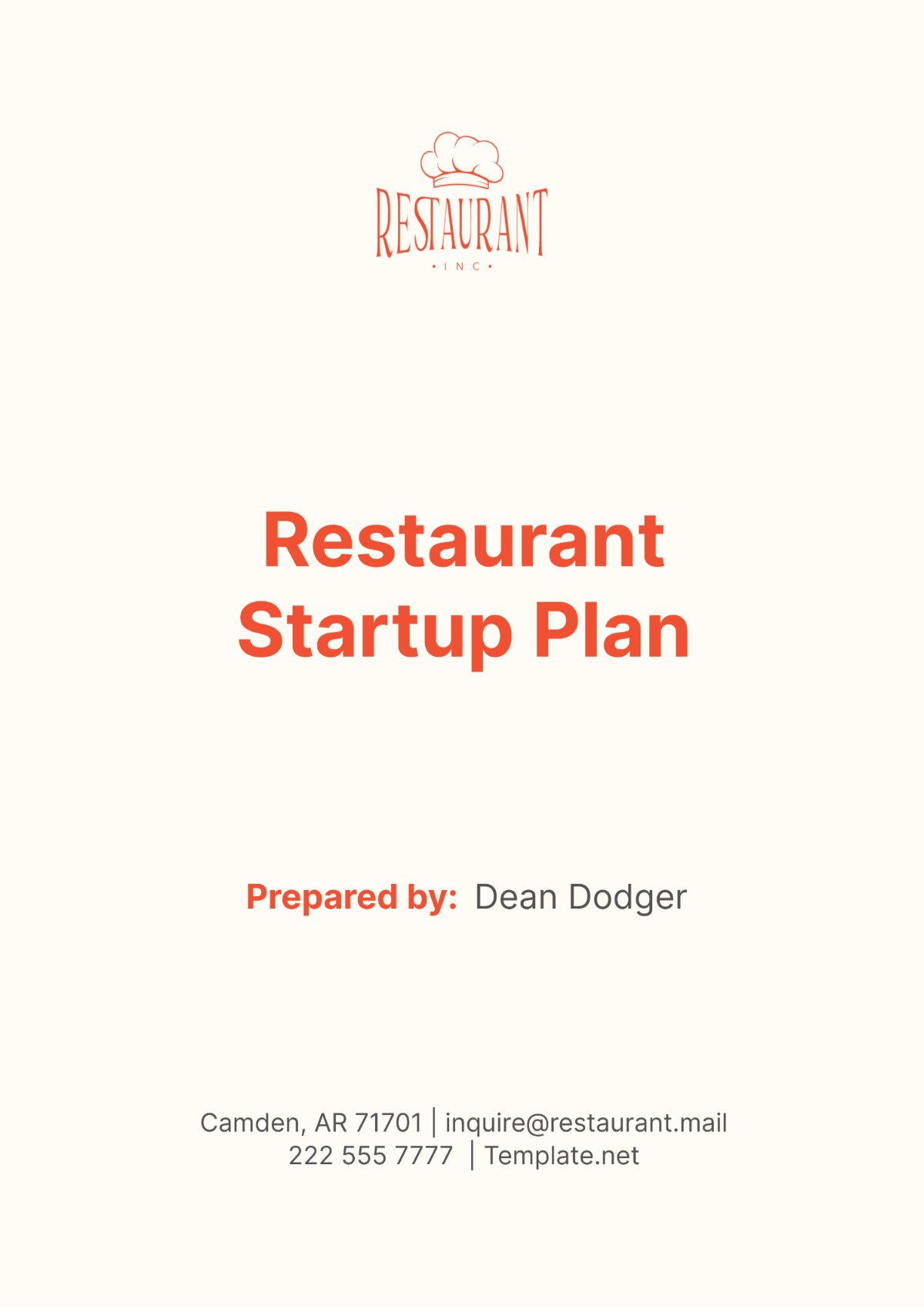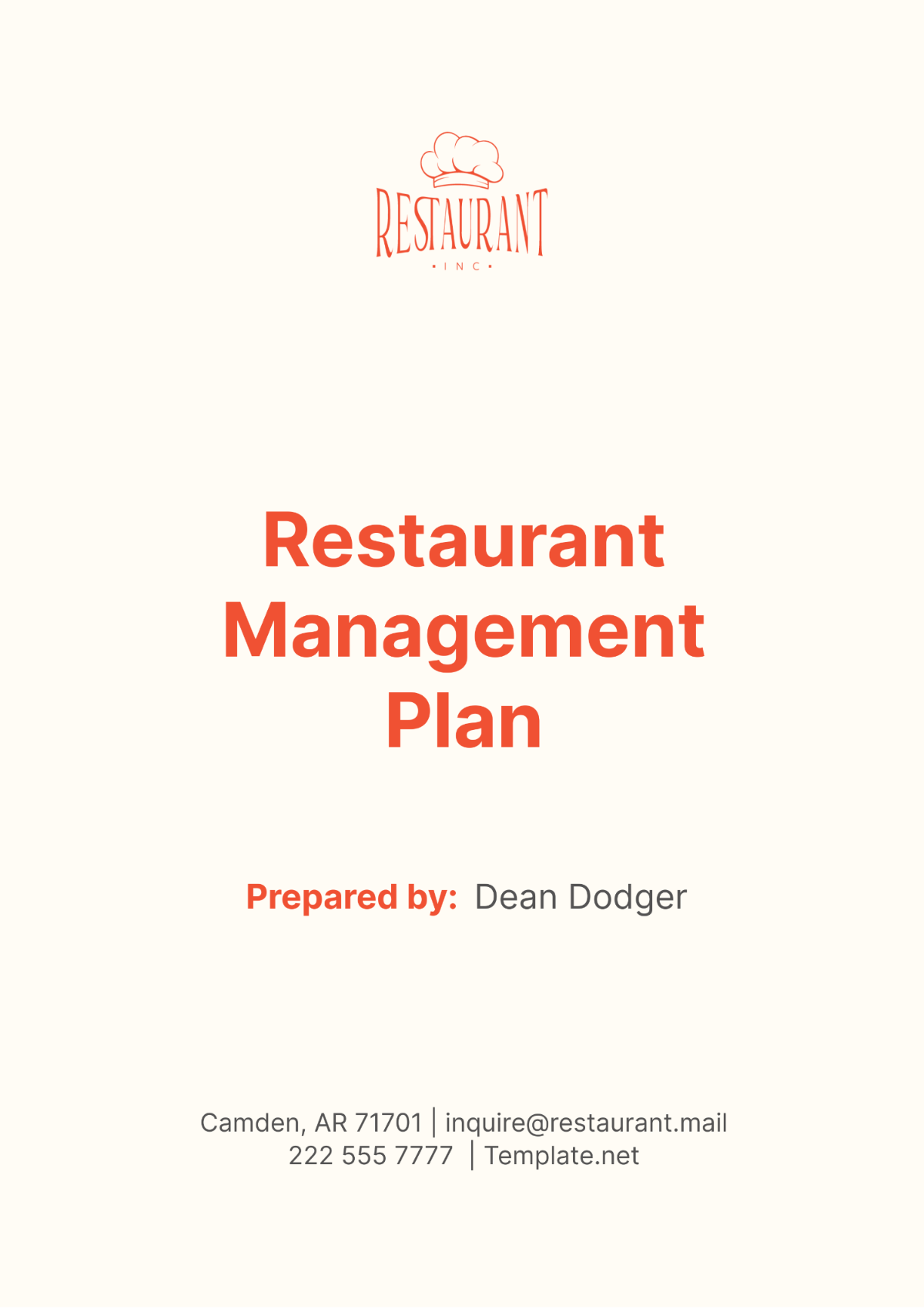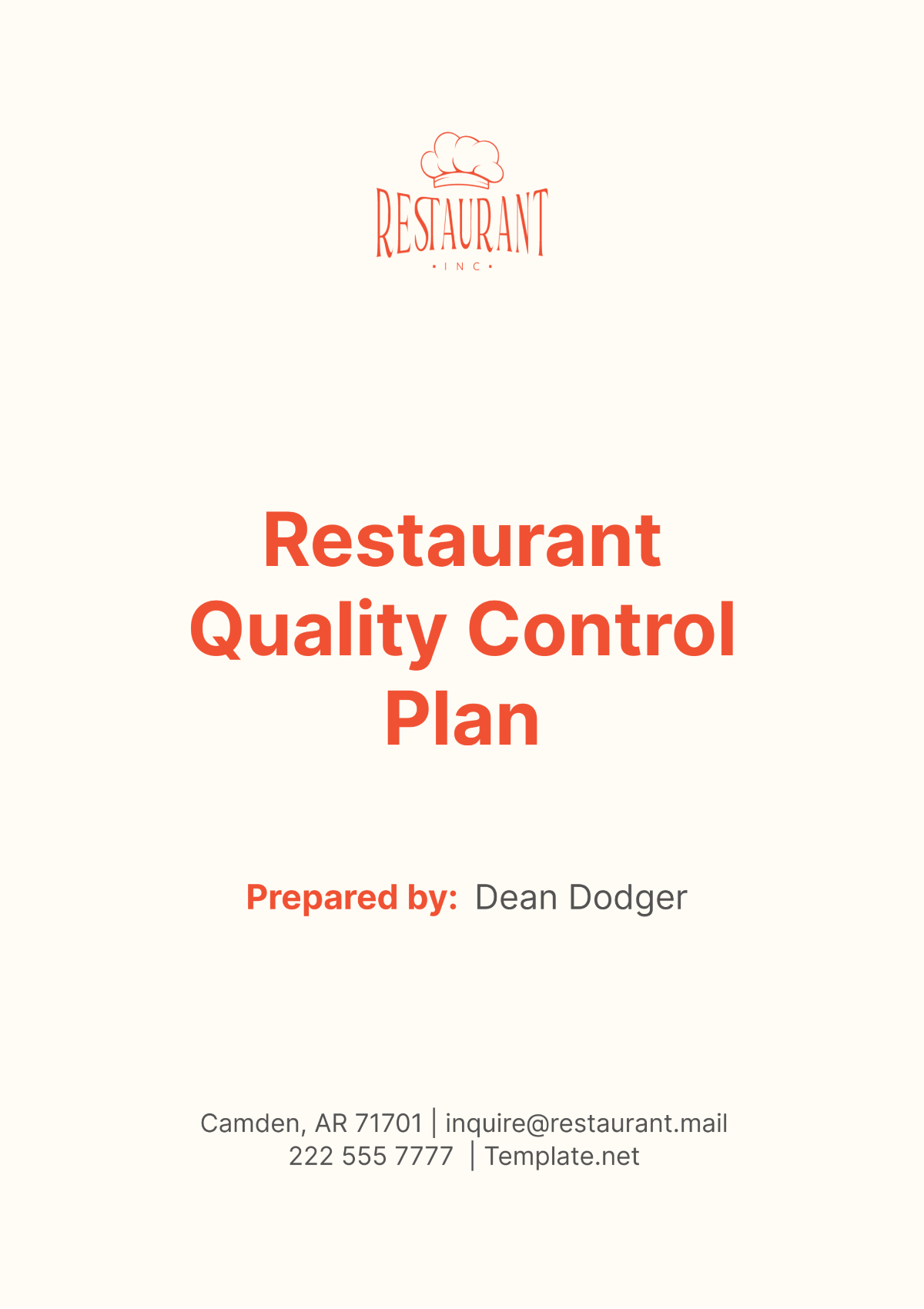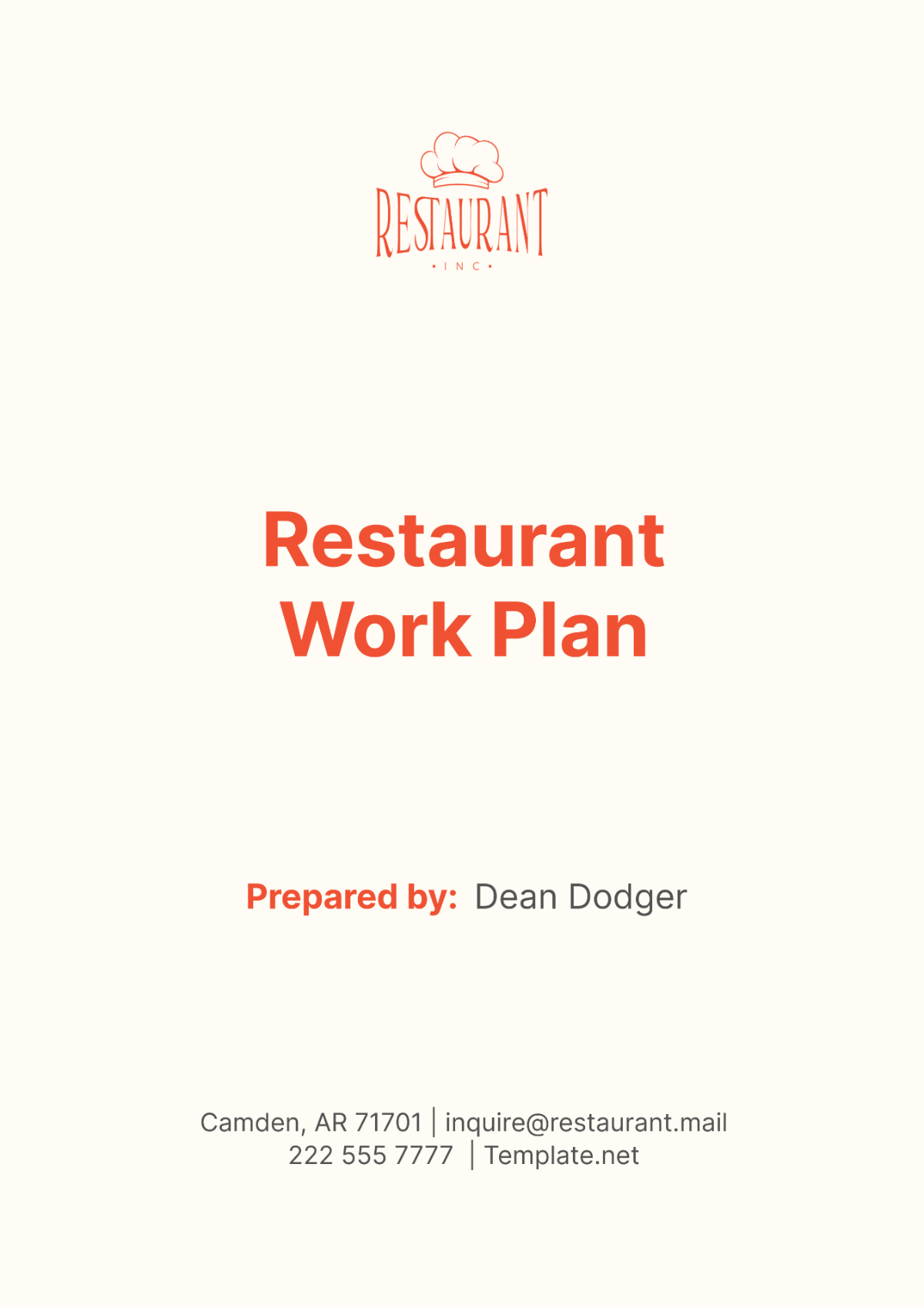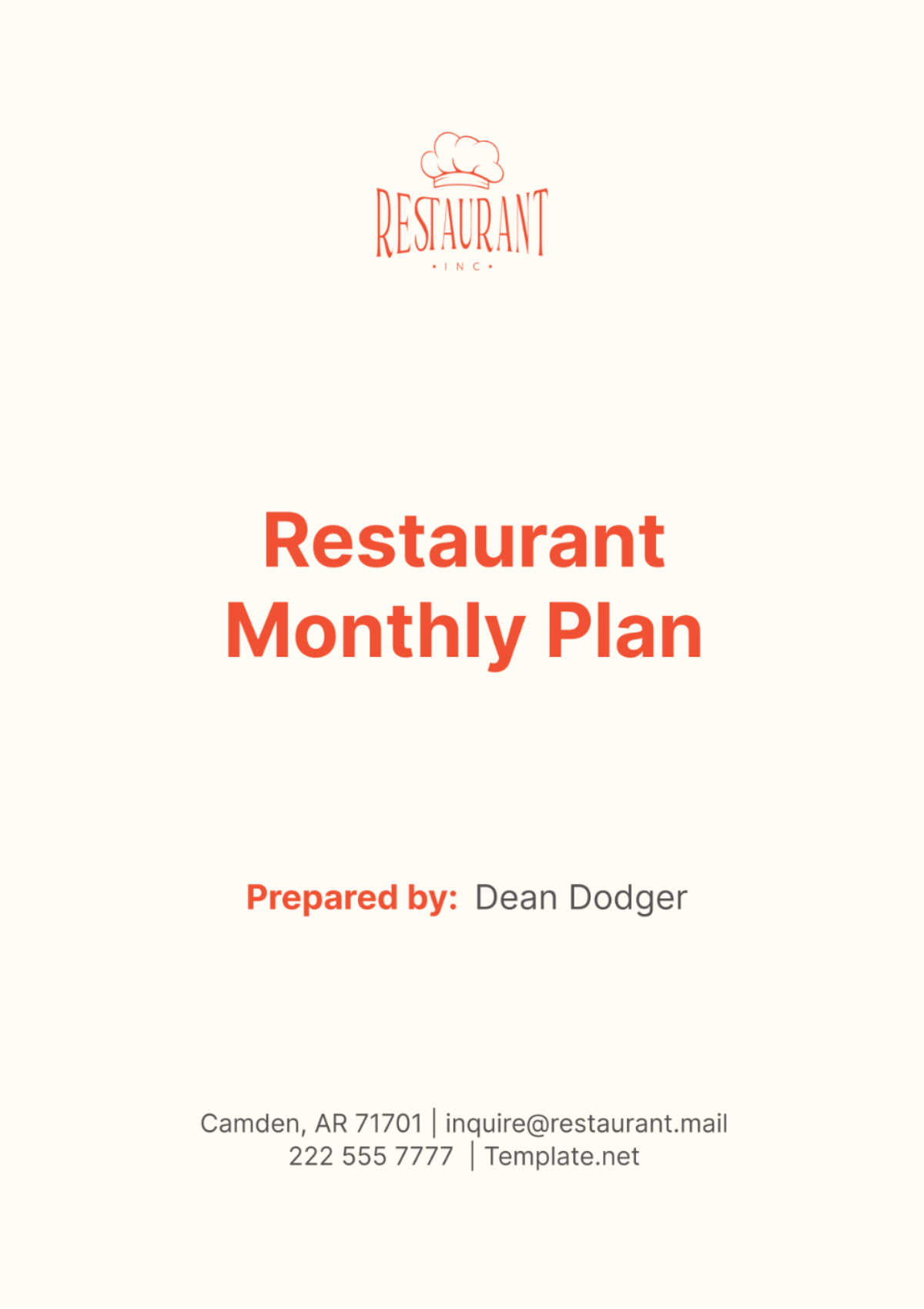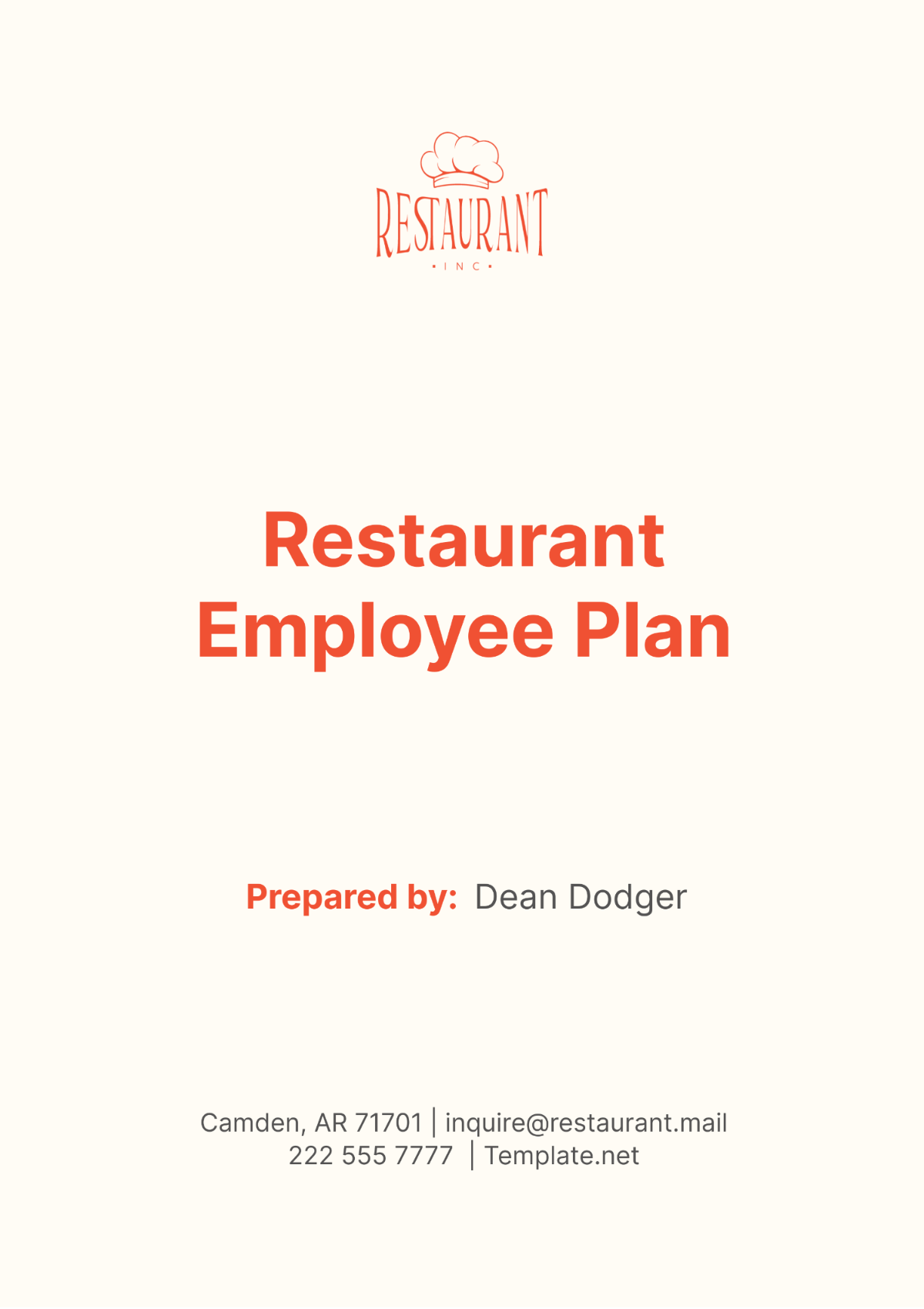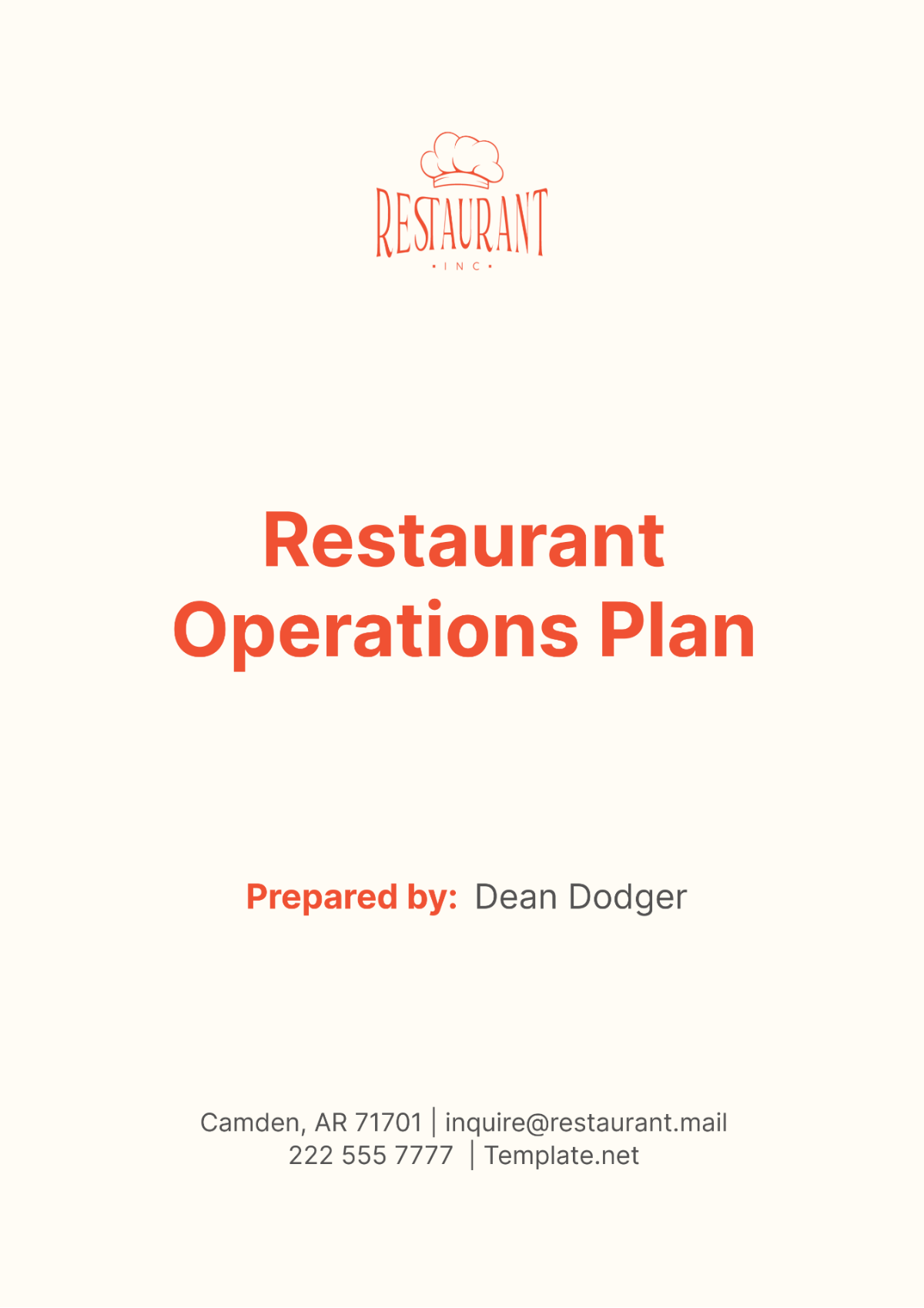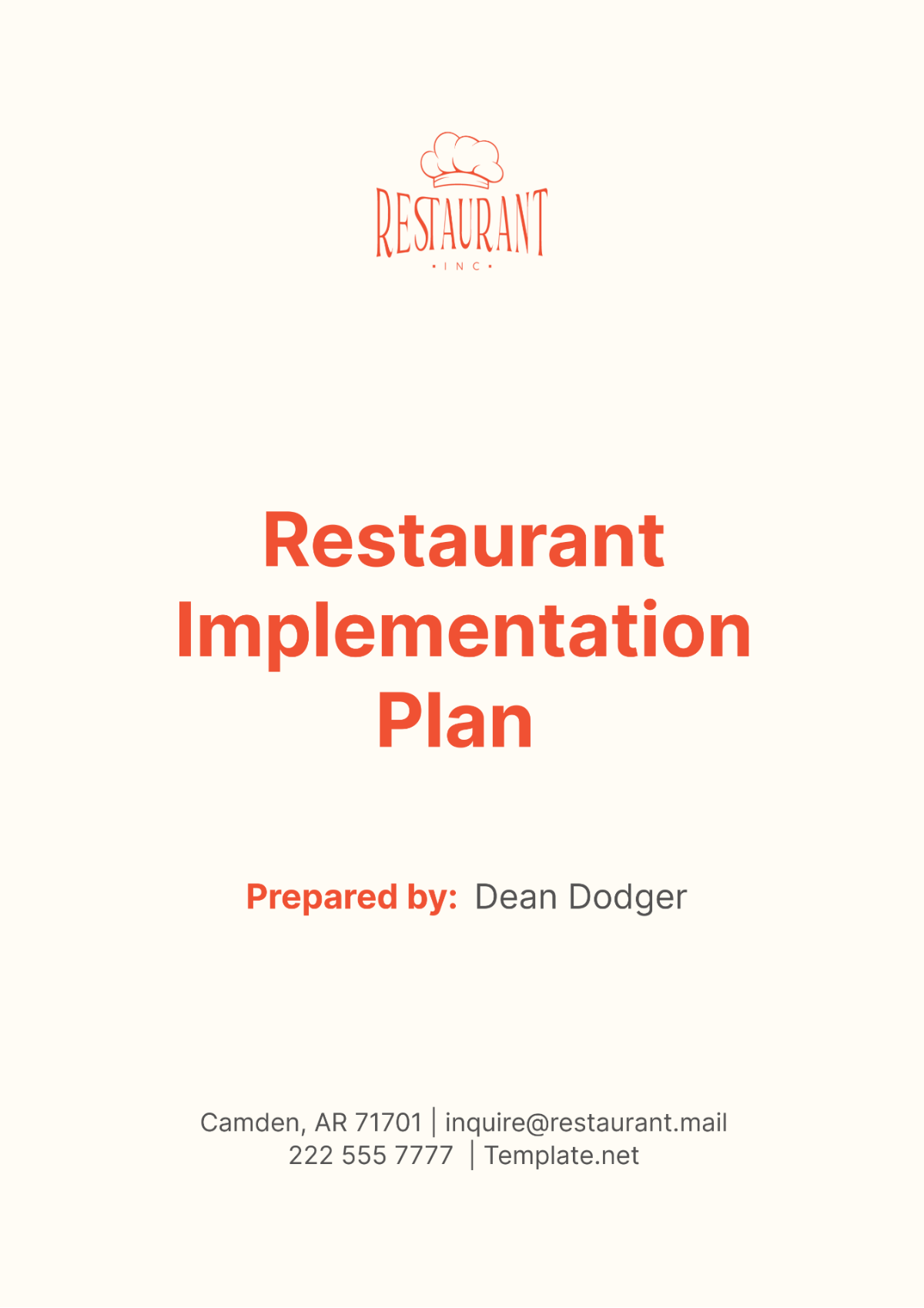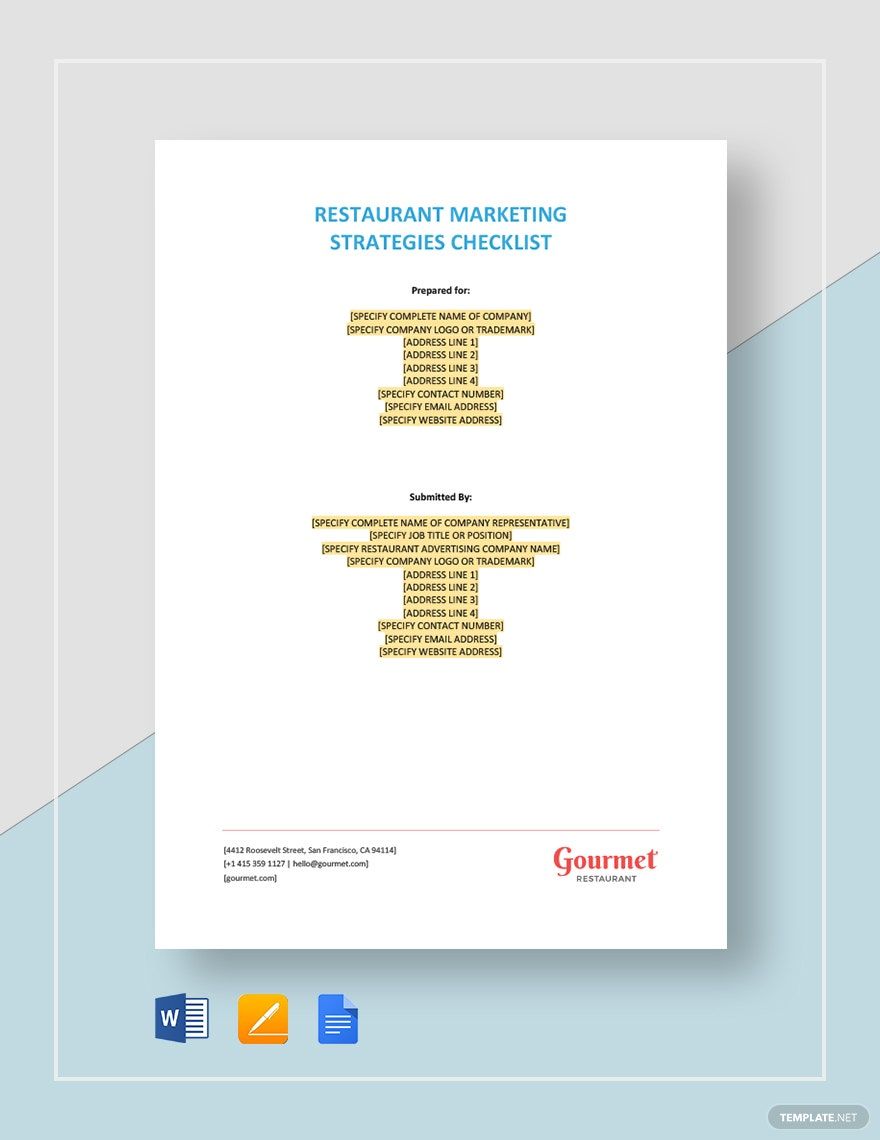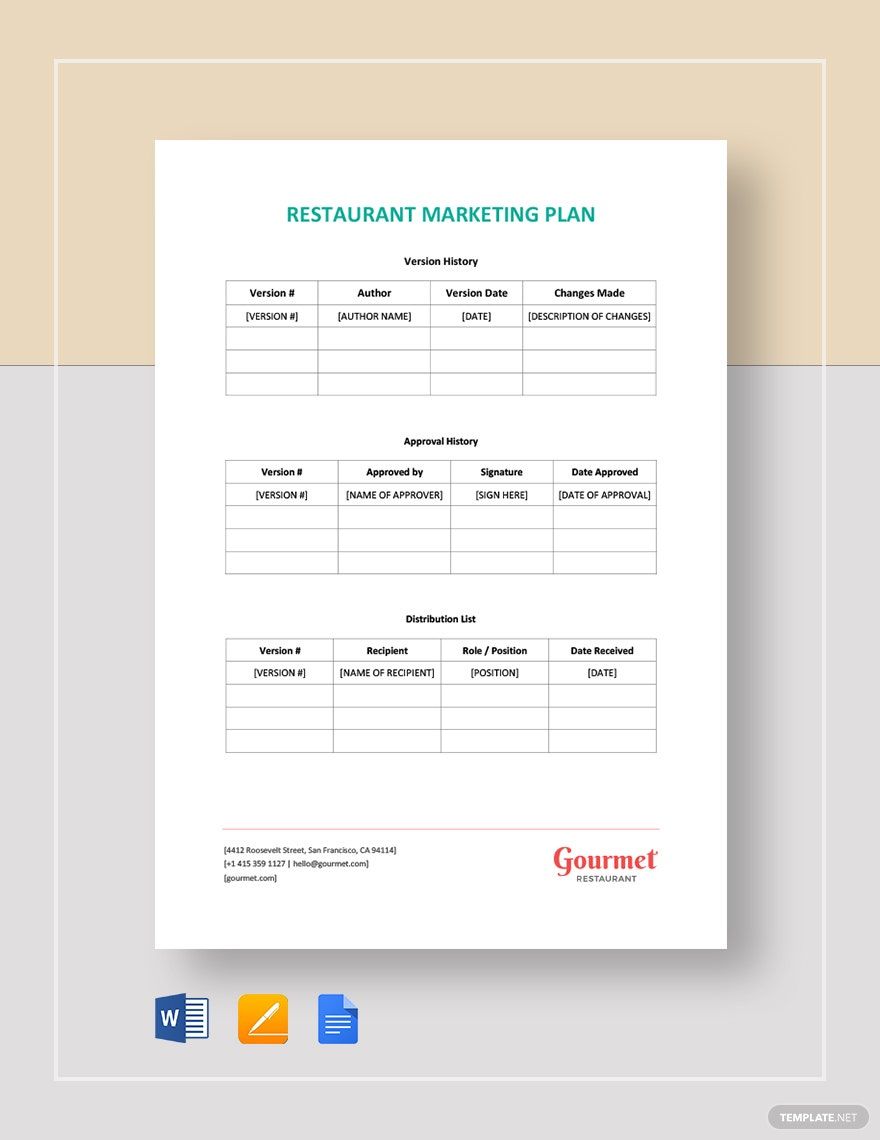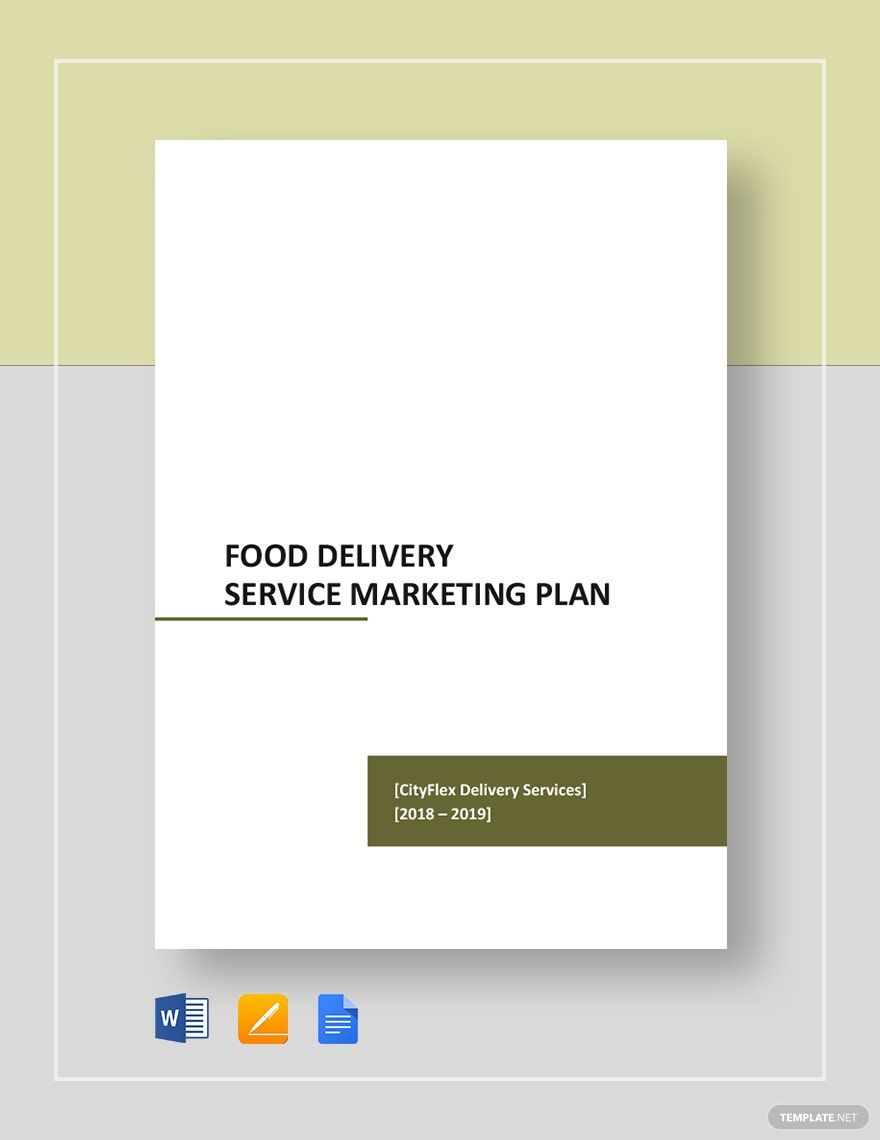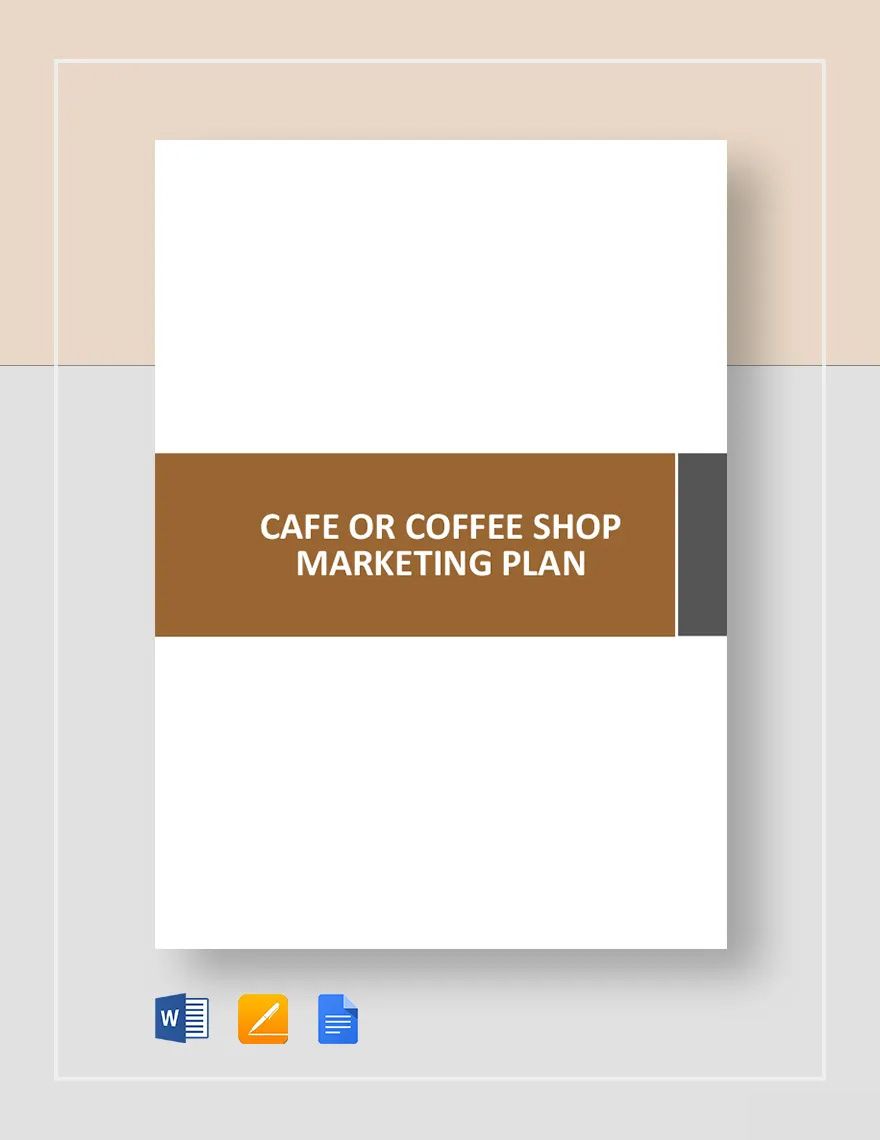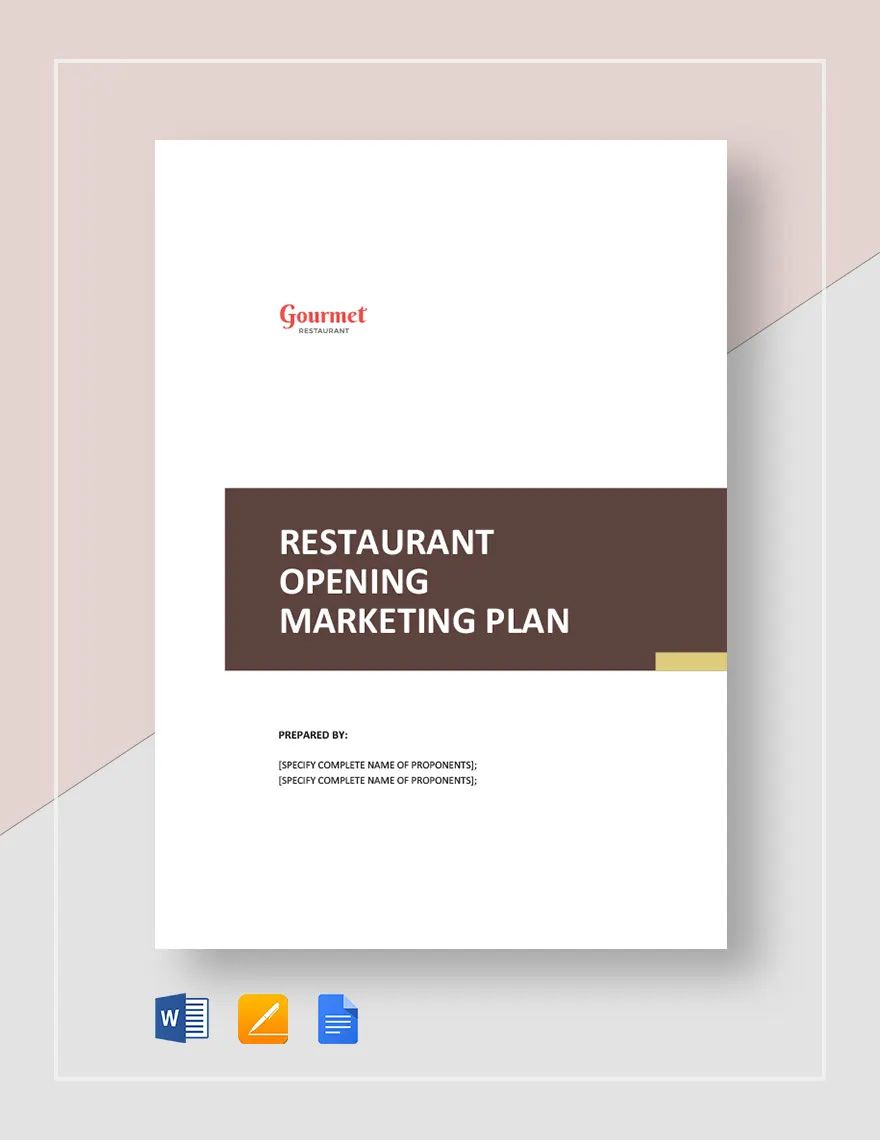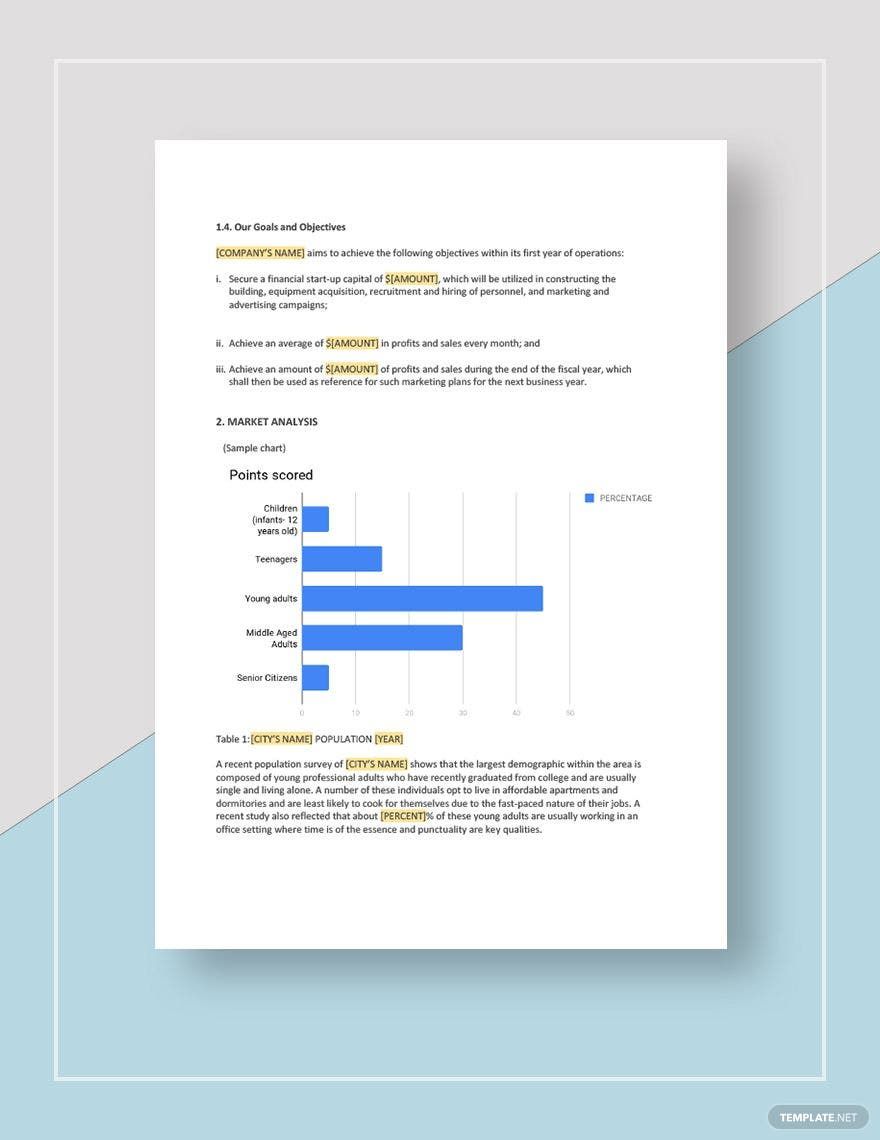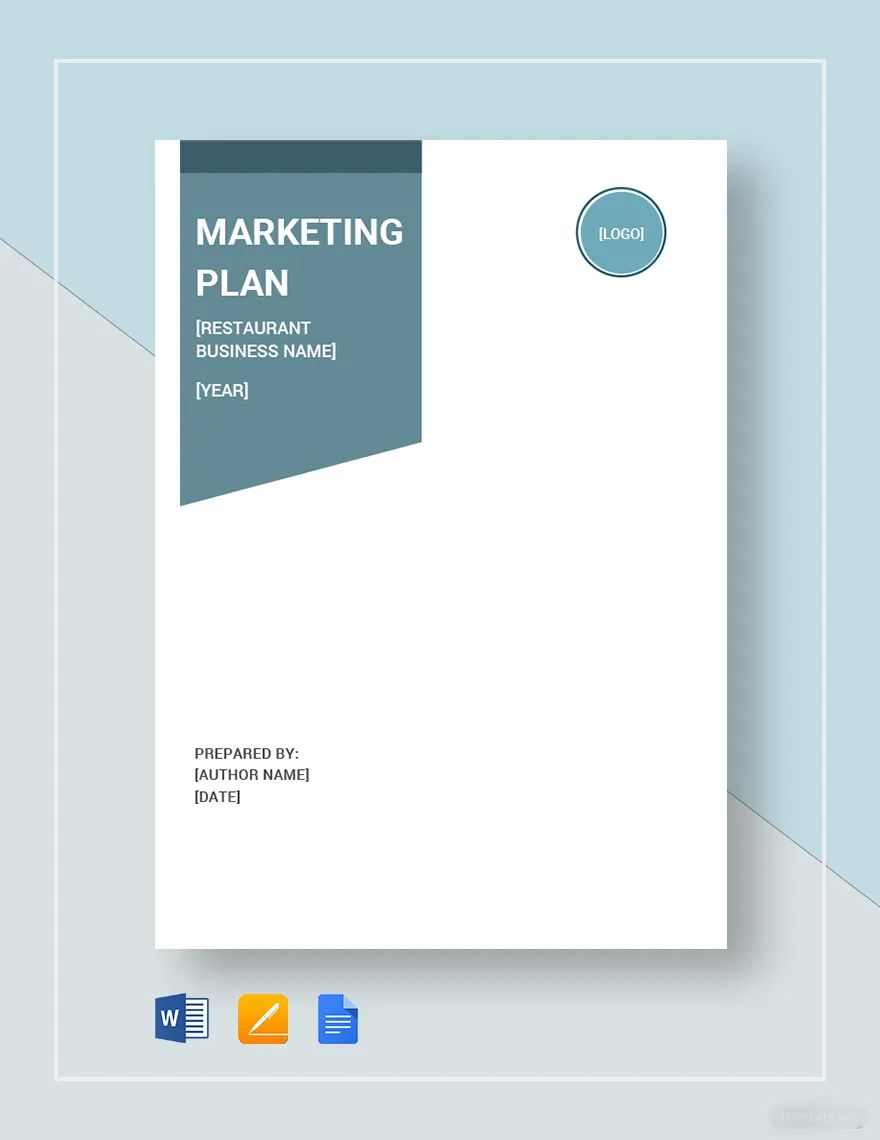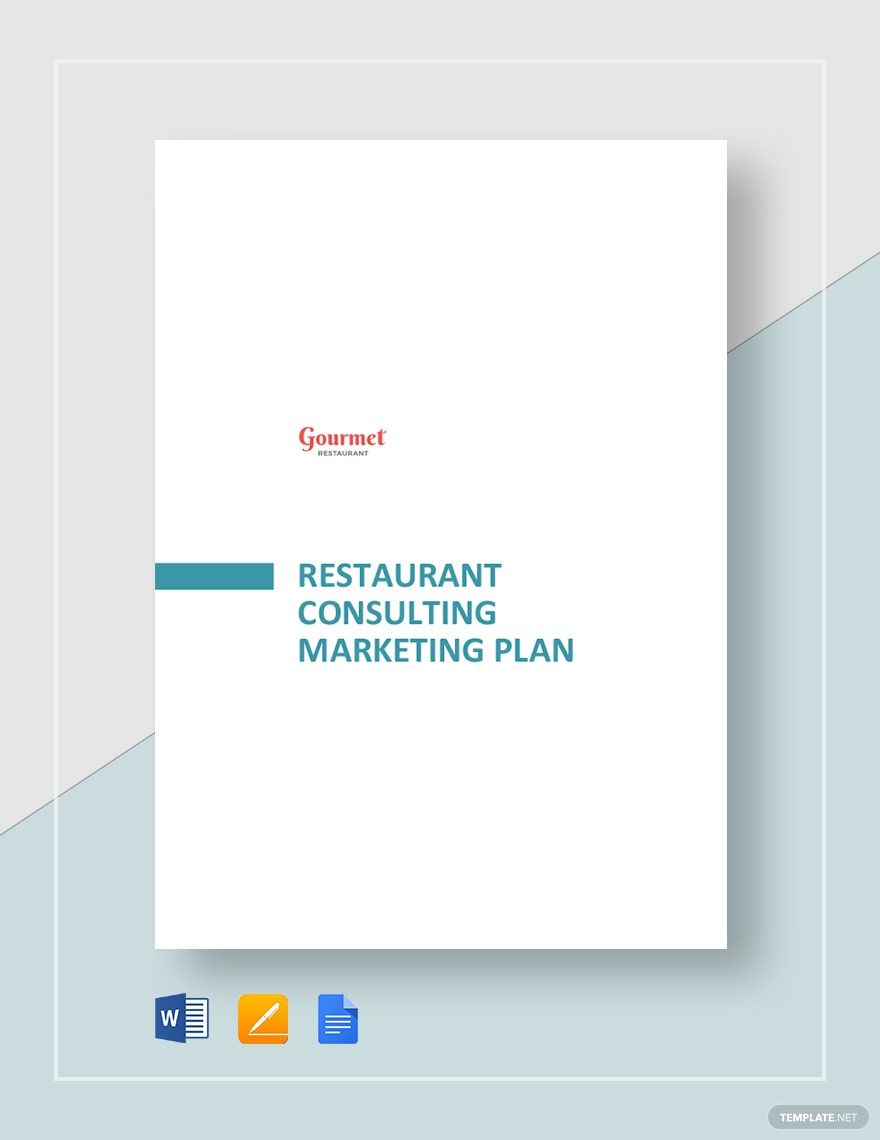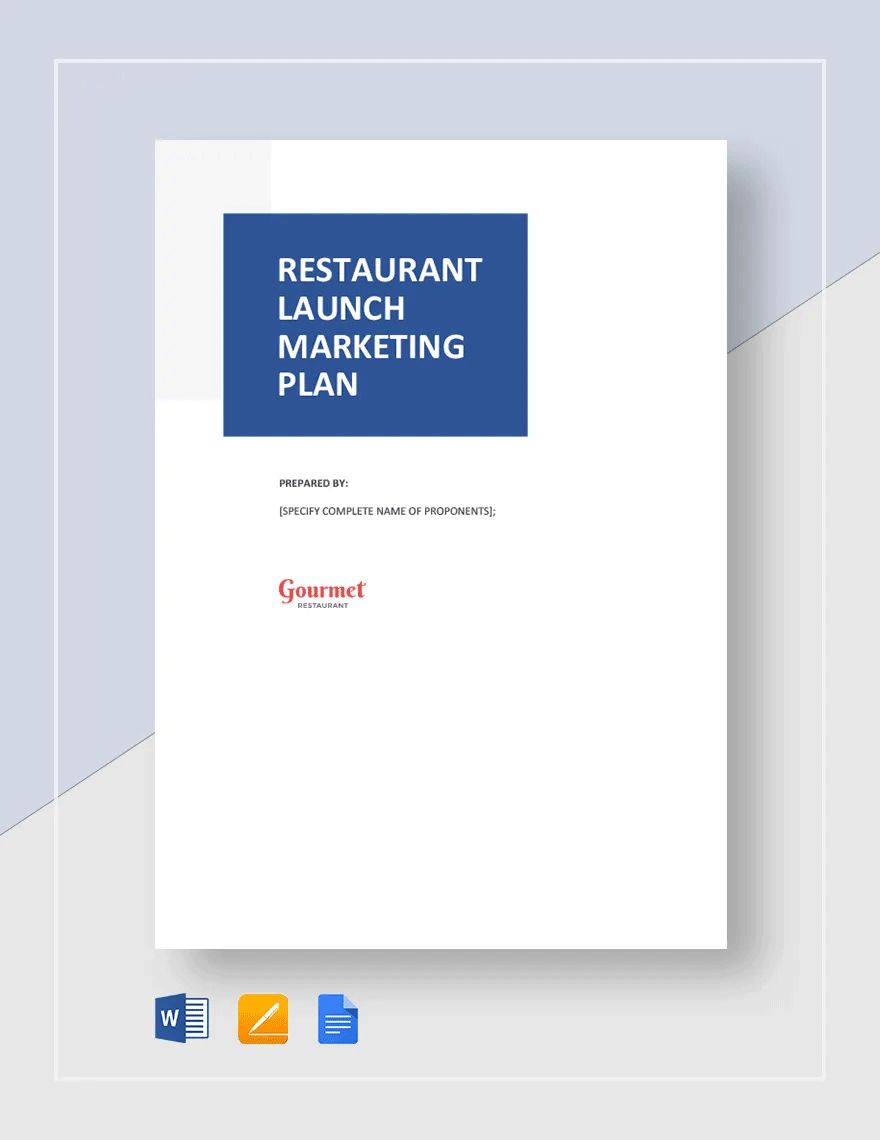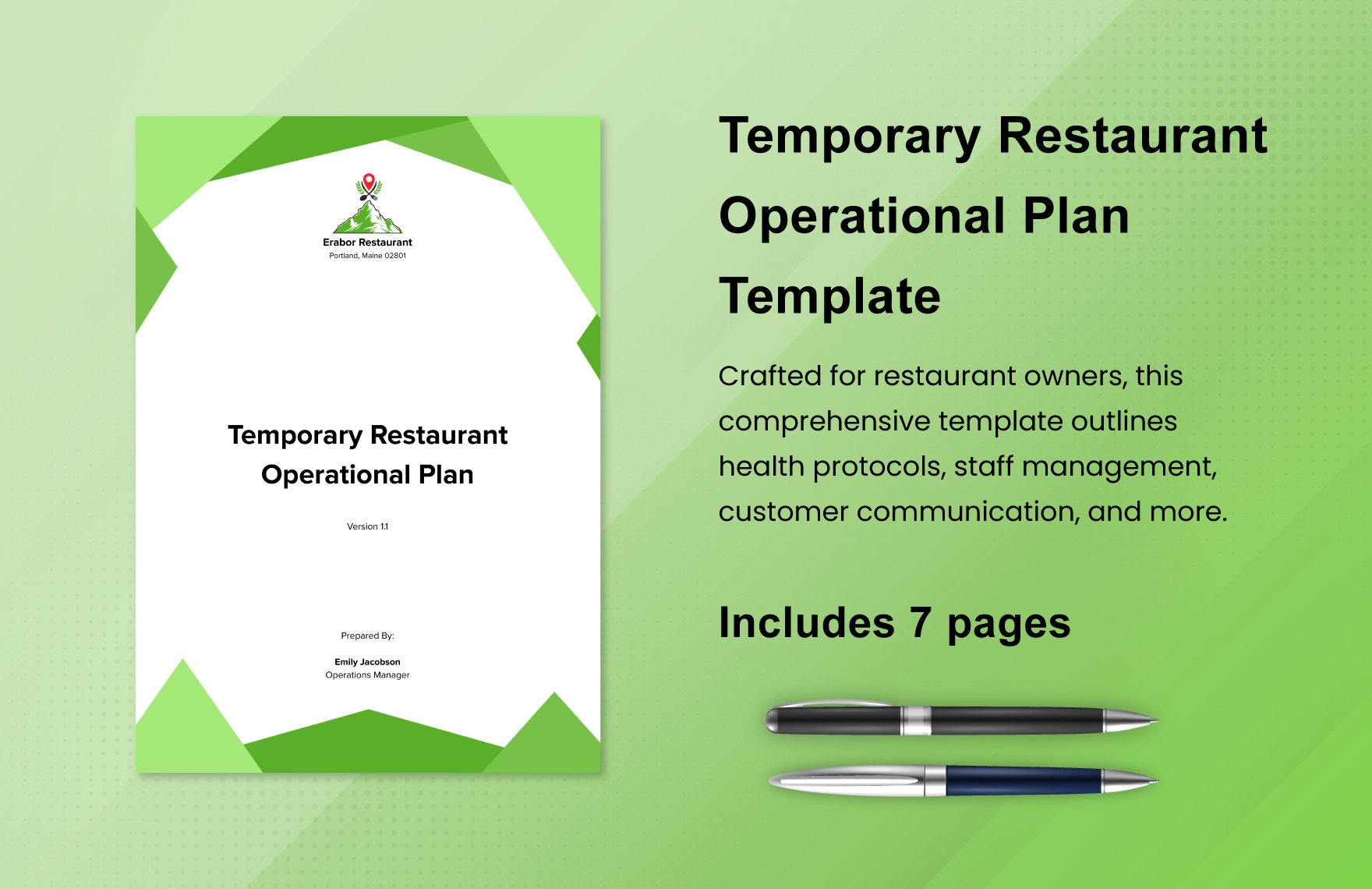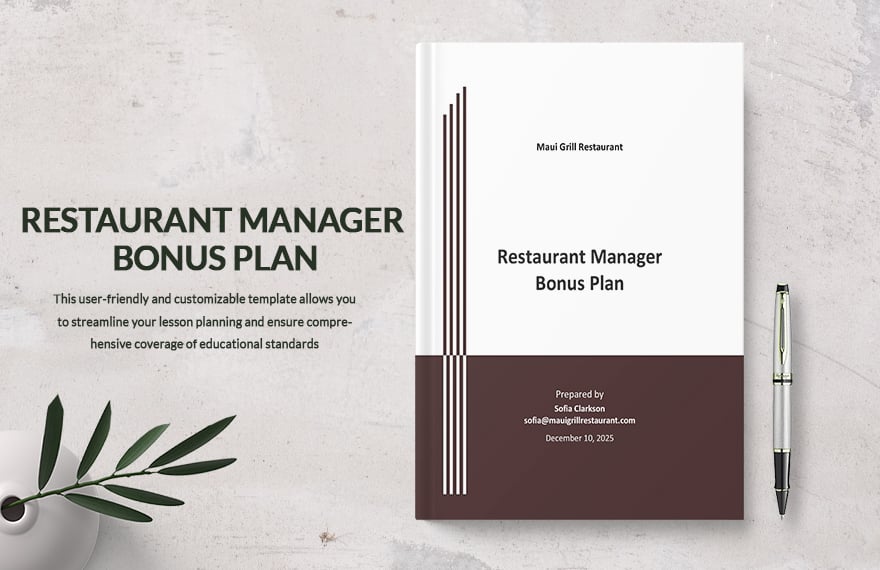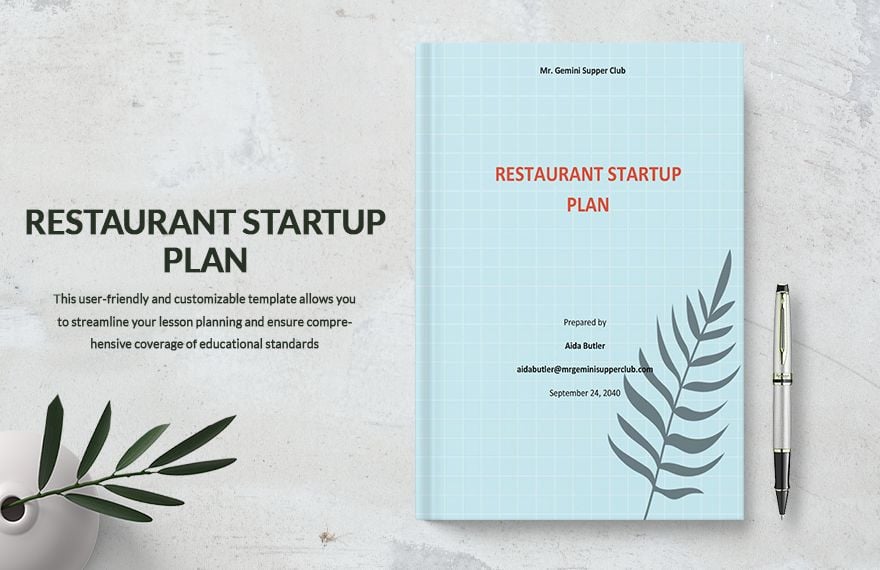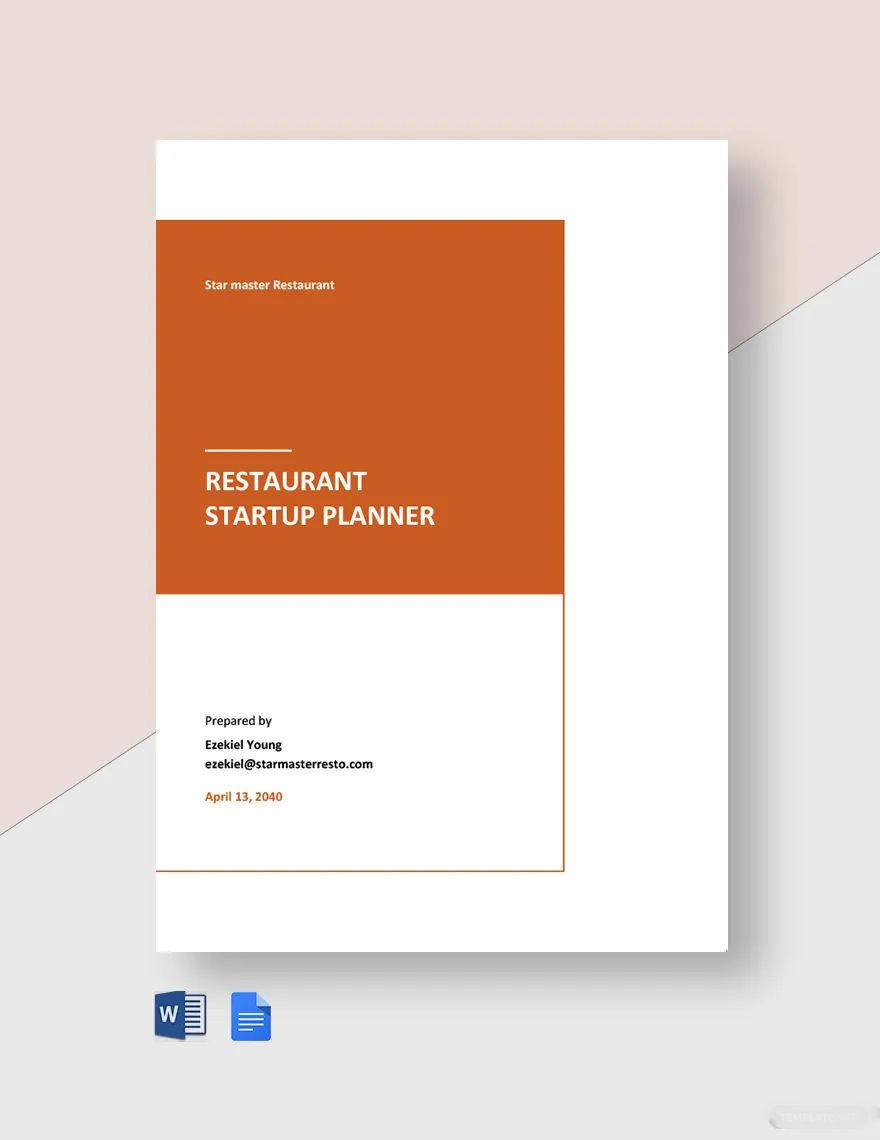Bring your Restaurant Dreams to Life with Restaurant Plan Templates from Template.net.
Keep your hospitality business thriving, captivate your patrons, and impress investors with our Restaurant Plan Templates by Template.net. Designed for restaurateurs and F&B industry professionals, these templates make it easy to plan new menu rollouts or redesign your restaurant layout. Use them to elegantly promote a holiday menu special or craft an invitation to a grand opening event. Included with every template are key details like seating arrangements, contact information, and event schedules, ensuring you have everything needed for a successful event. With no design experience required, you can achieve professional-grade results at no cost, utilizing customizable layouts perfect for digital or print distribution.
Discover the many Restaurant Plan Templates we have on hand to suit any theme or cuisine. Start by selecting the ideal template, then easily swap in your logos and imagery, and tailor colors and fonts to match your branding. Add advanced touches with our drag-and-drop icons and graphics, and even enhance your presentations with animated effects or AI-powered text tools. The creative possibilities are endless and accessible to everyone, regardless of technical skills. Our template library is regularly updated with fresh designs and new styles added weekly. When you’re finished, effortlessly download or share your masterpiece through a link, print, email, or export options, making it ideal for use across multiple channels and enabling real-time collaboration.
